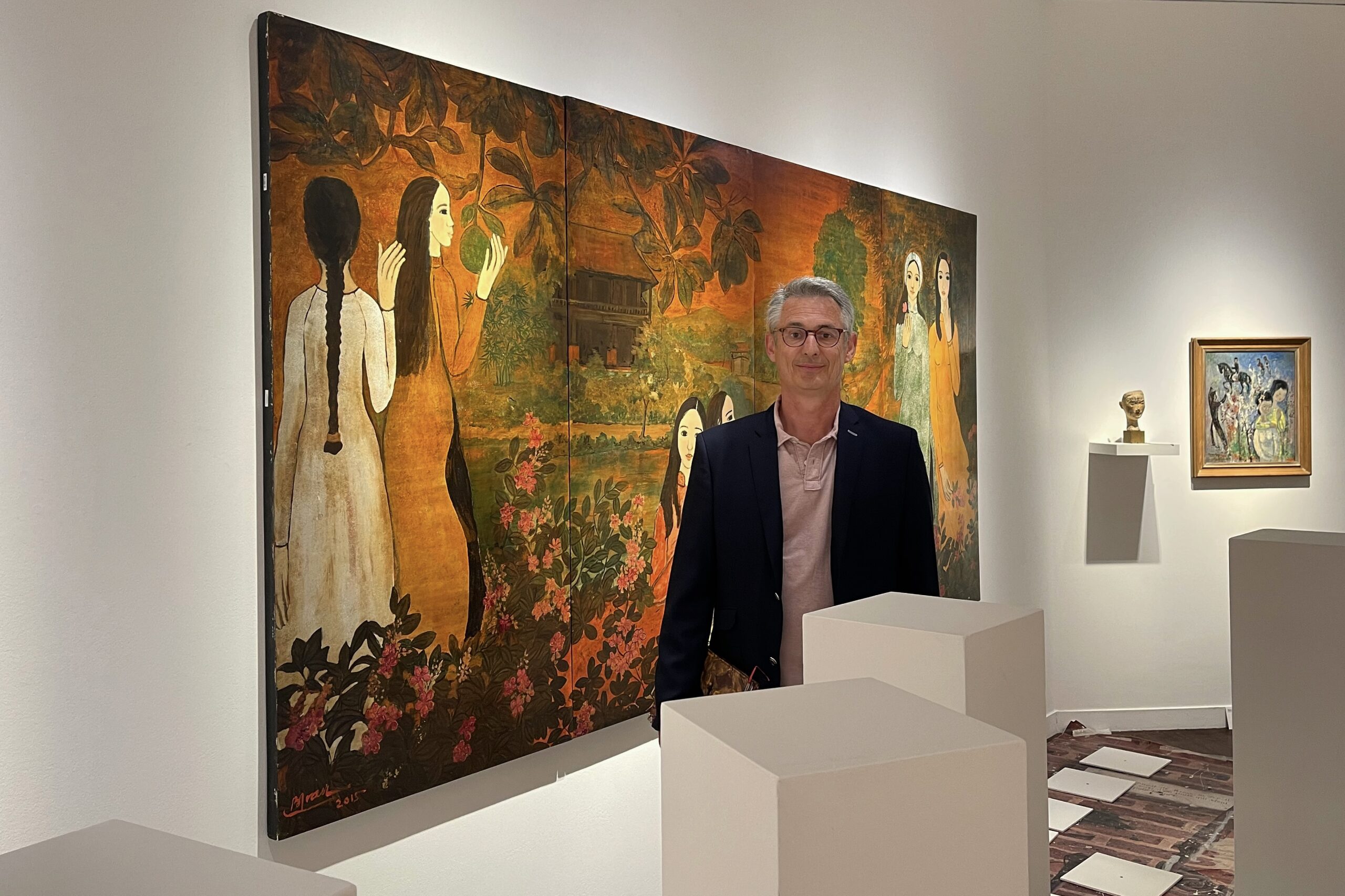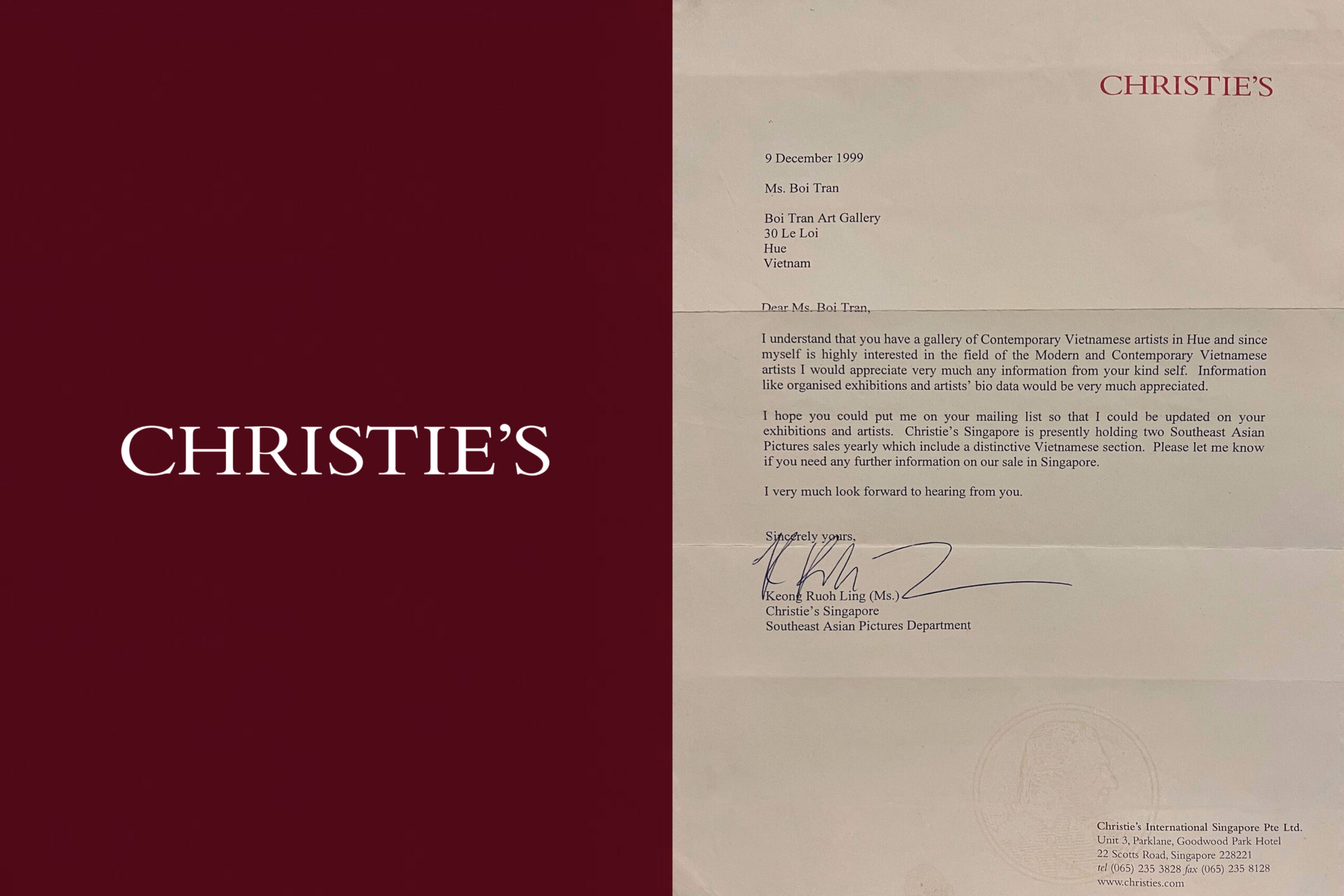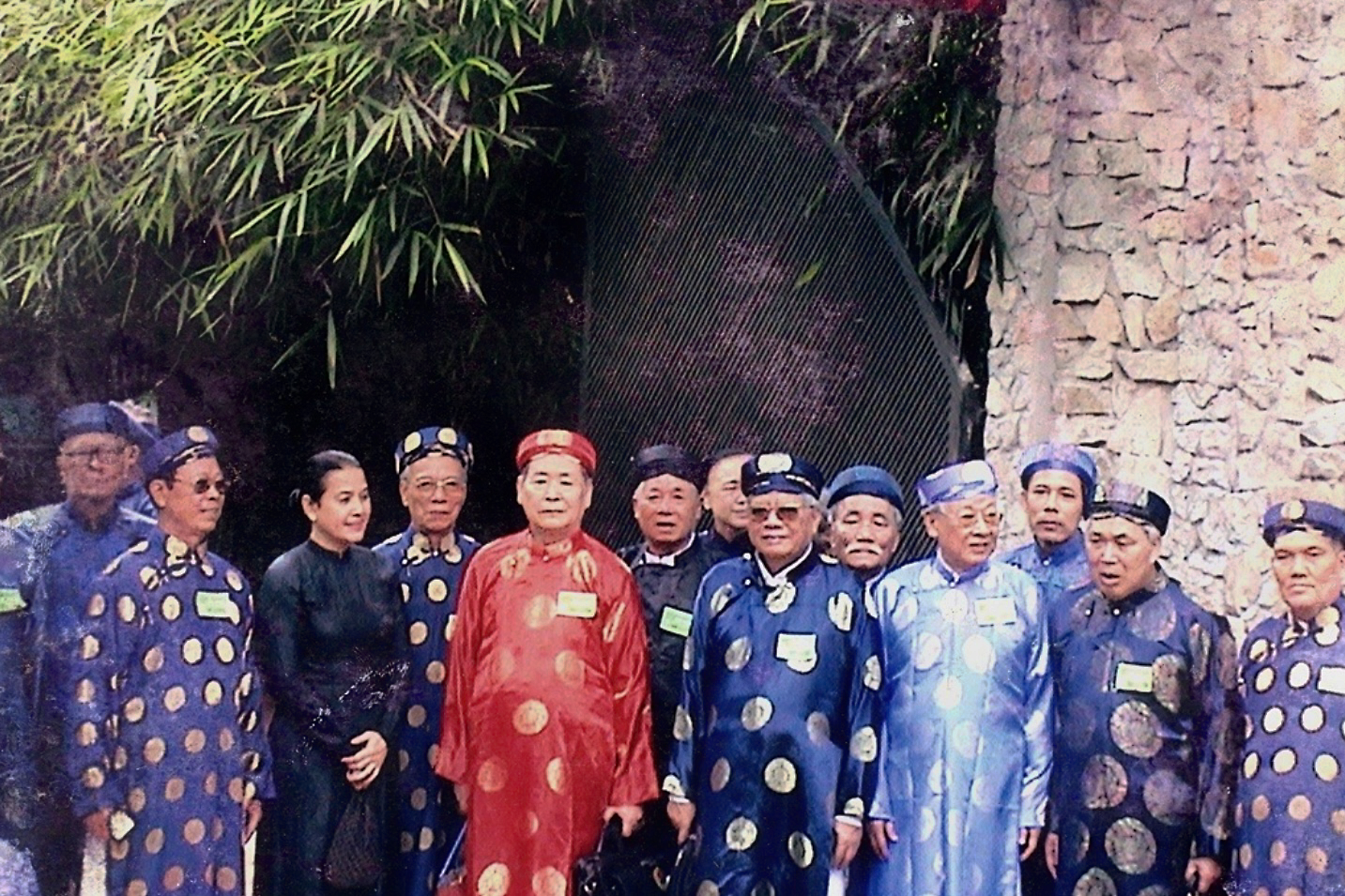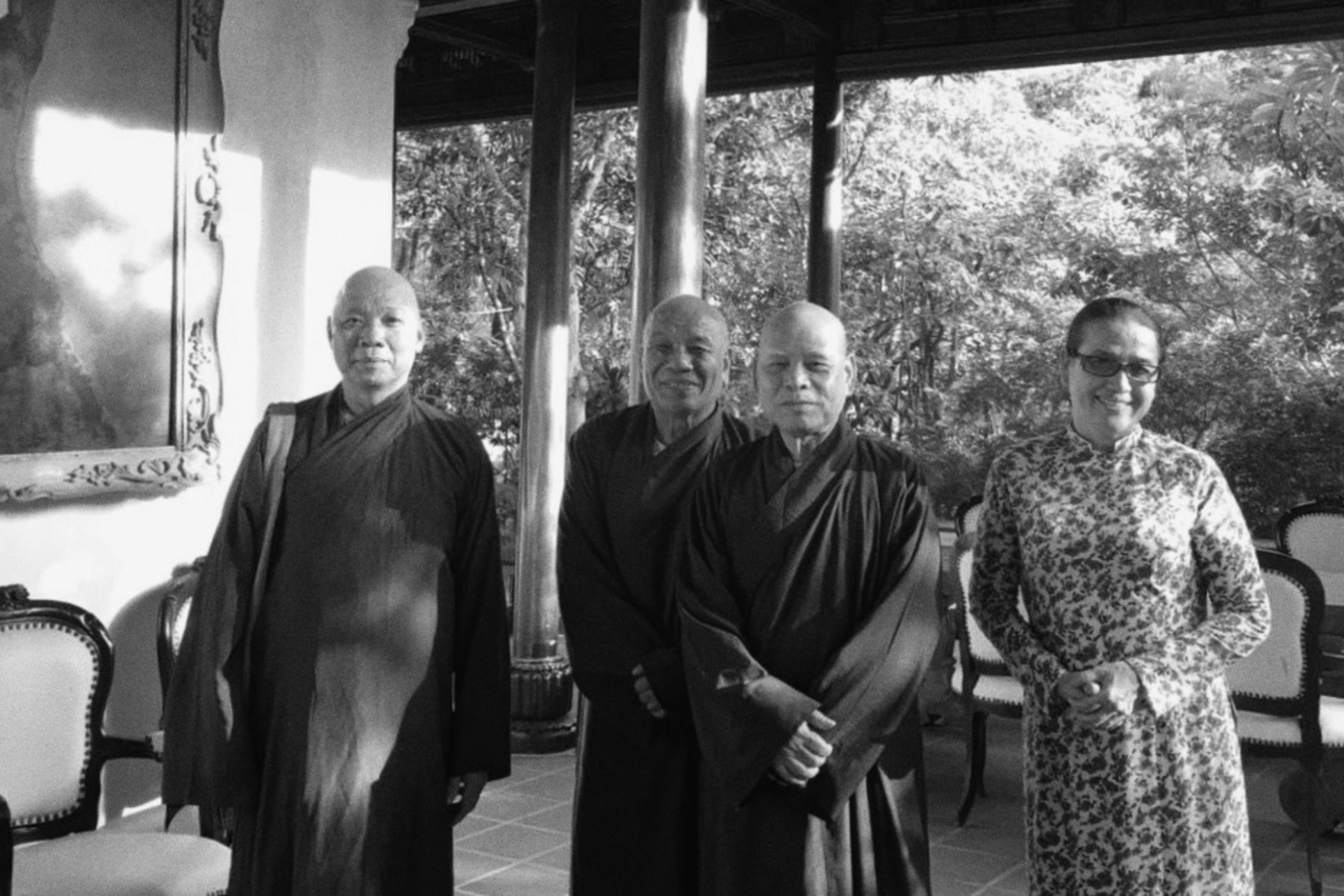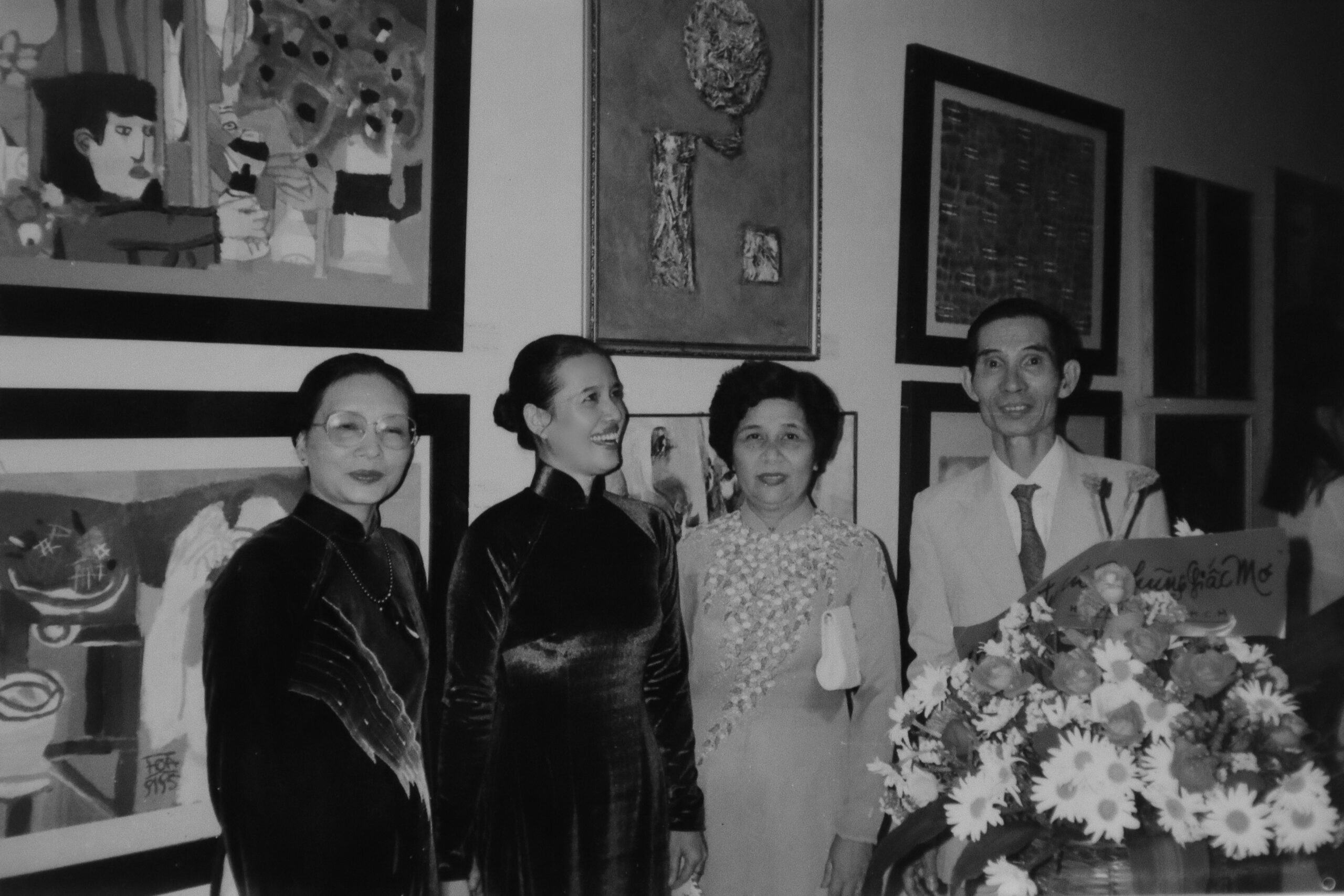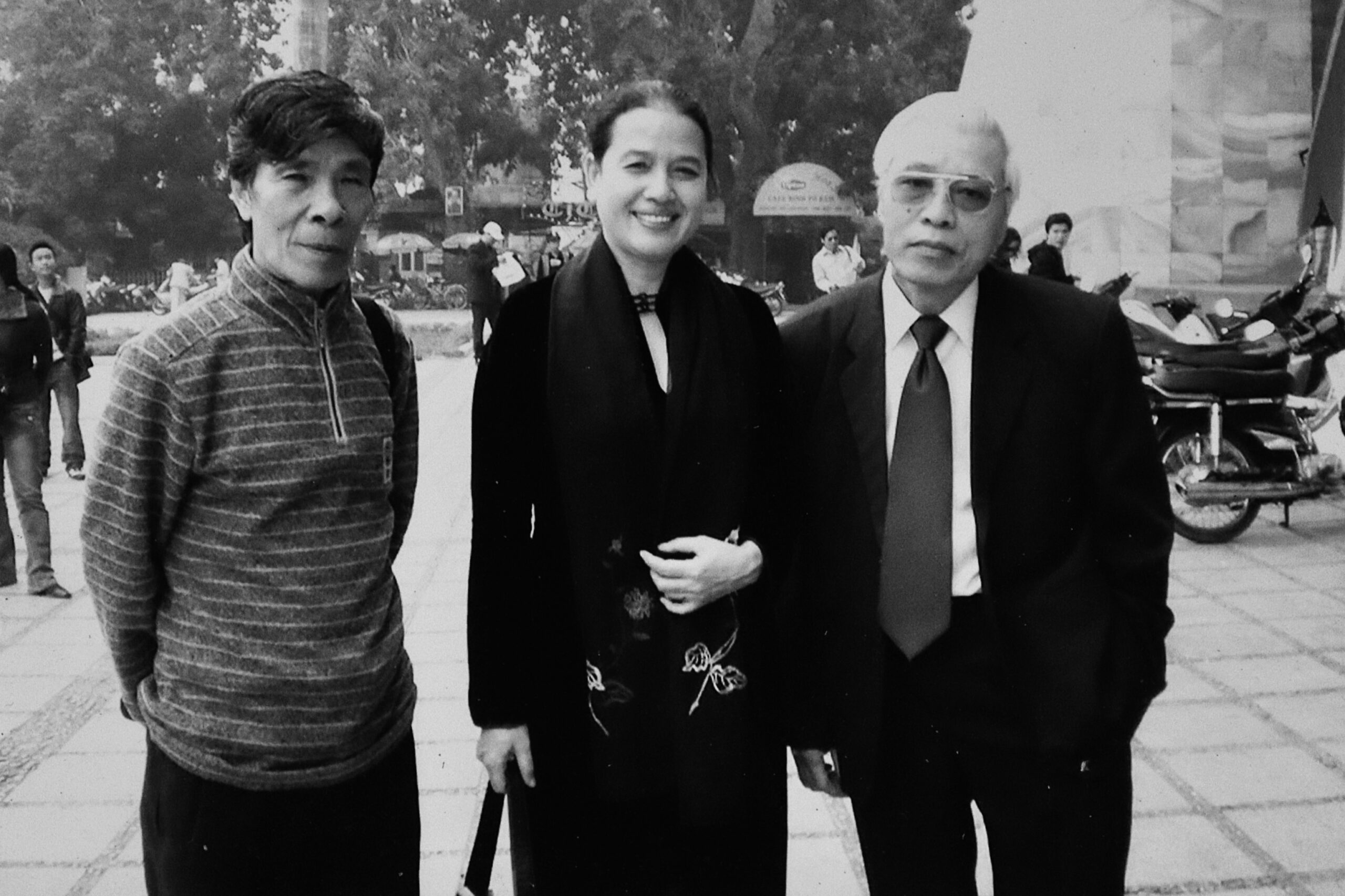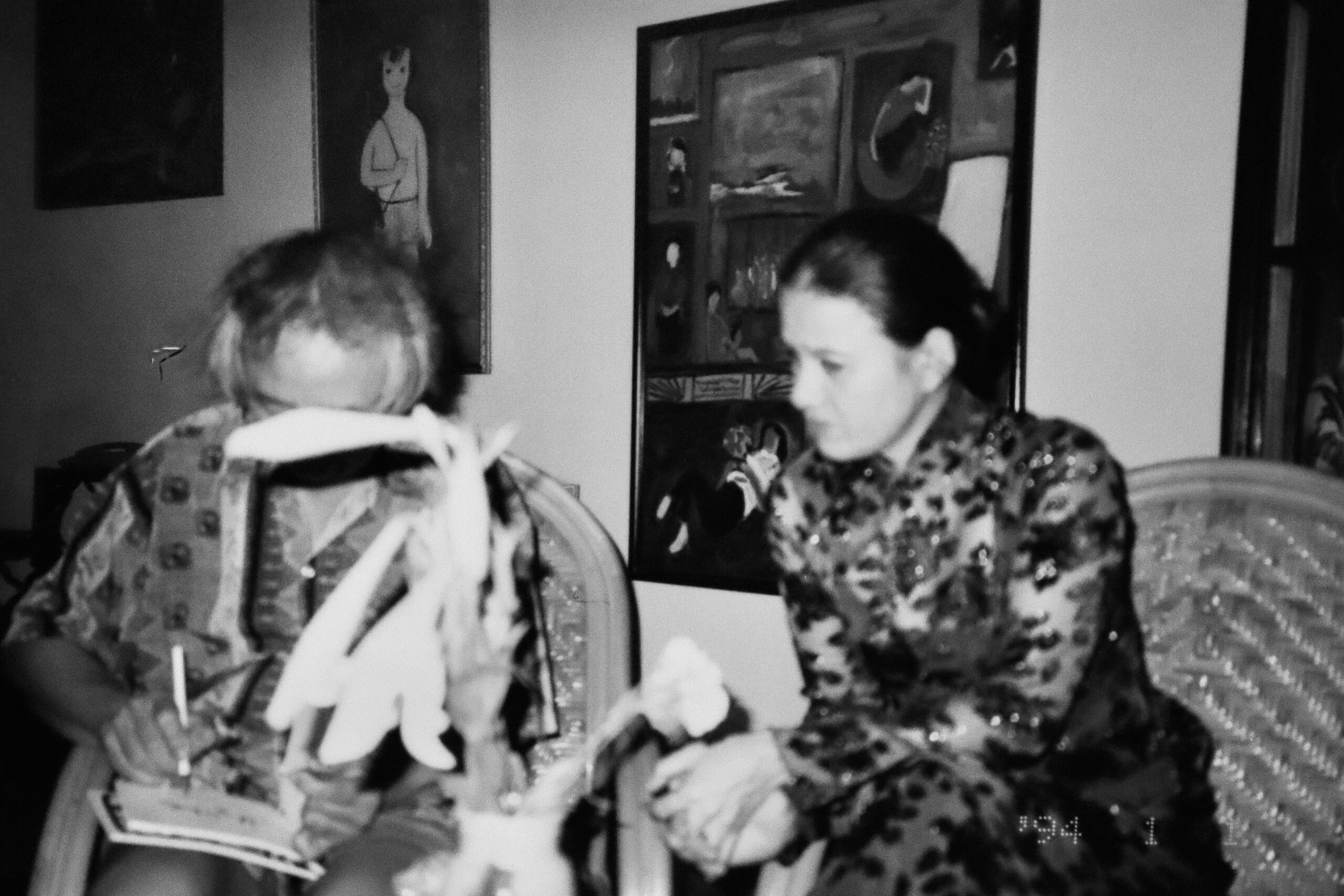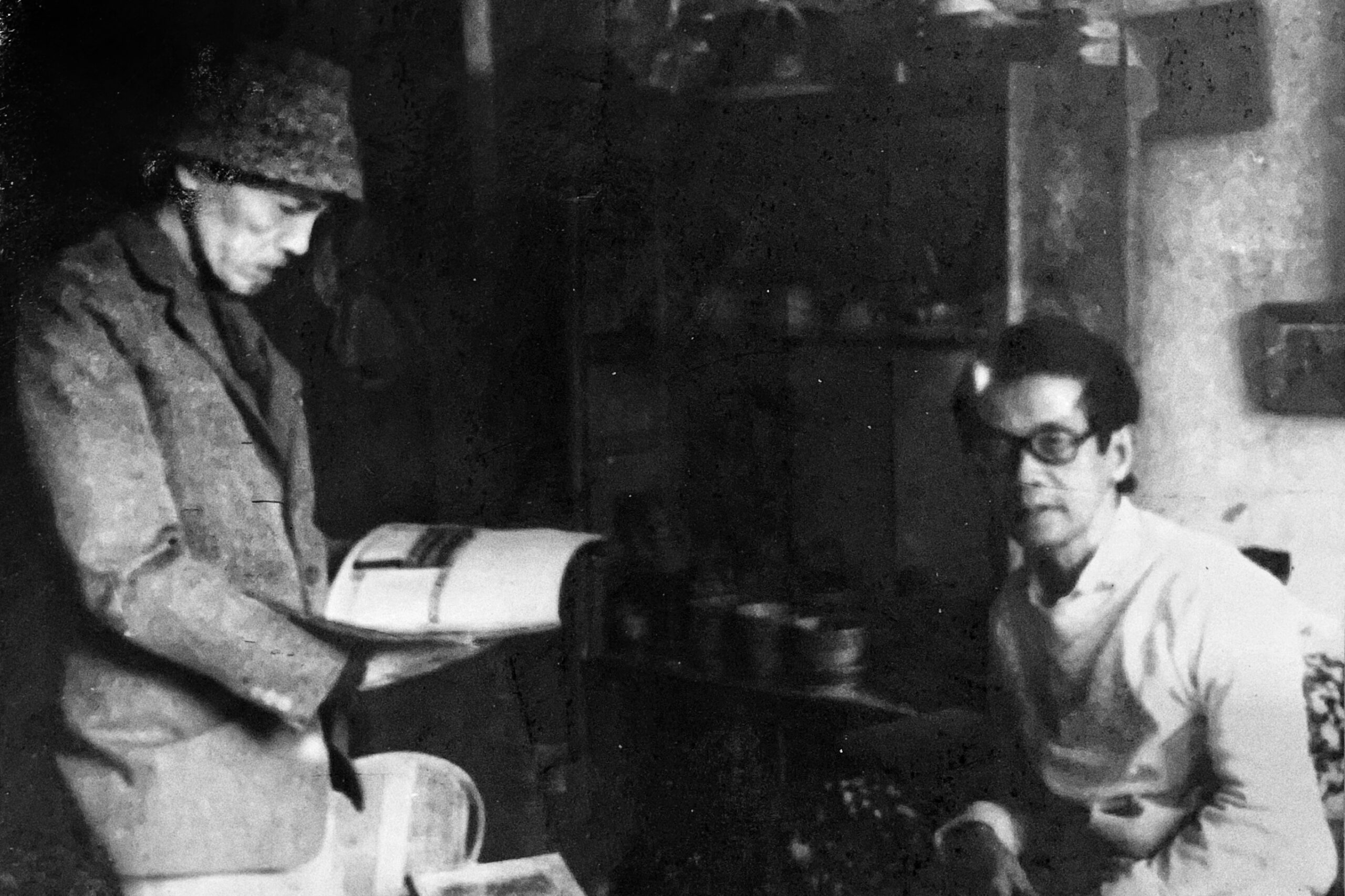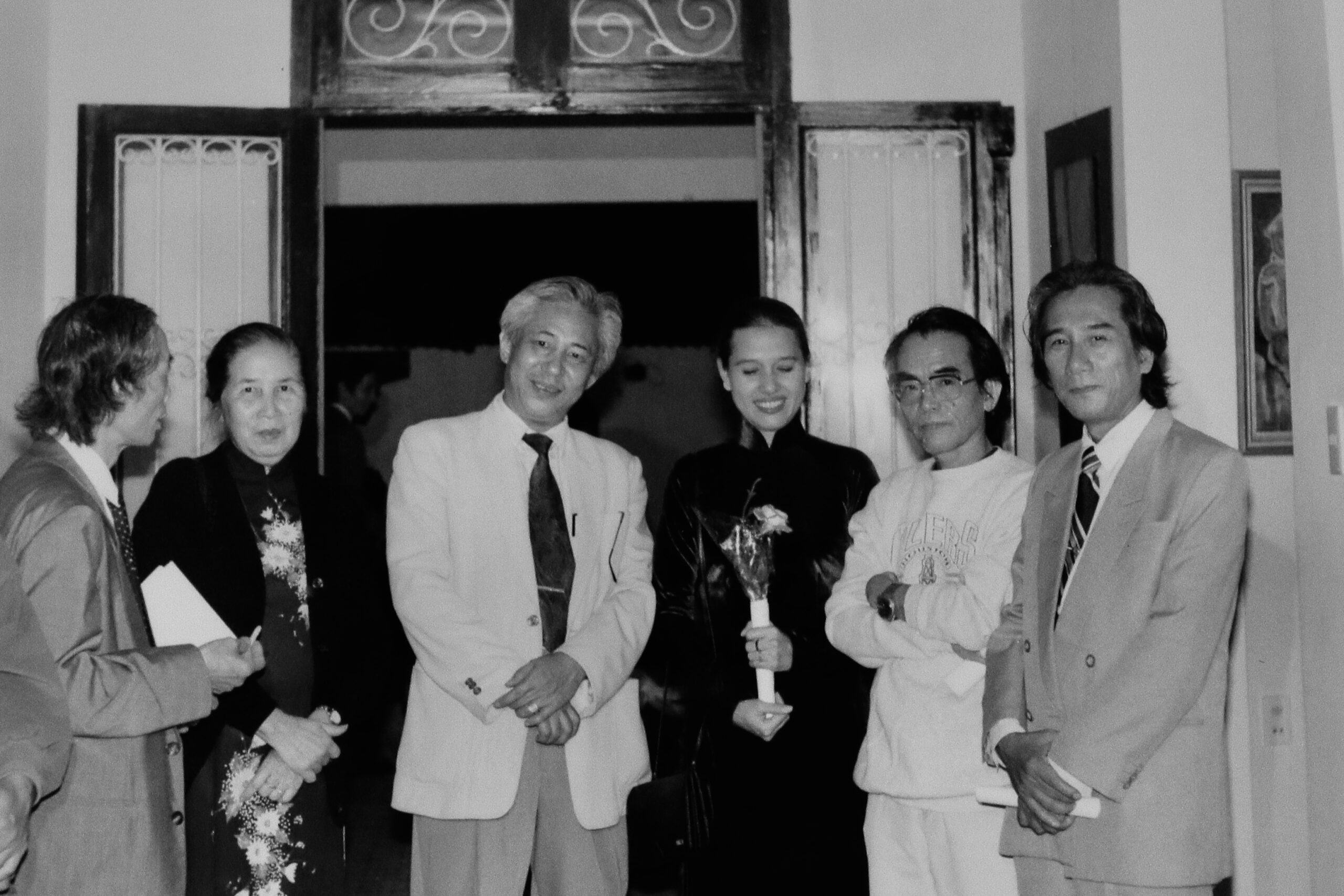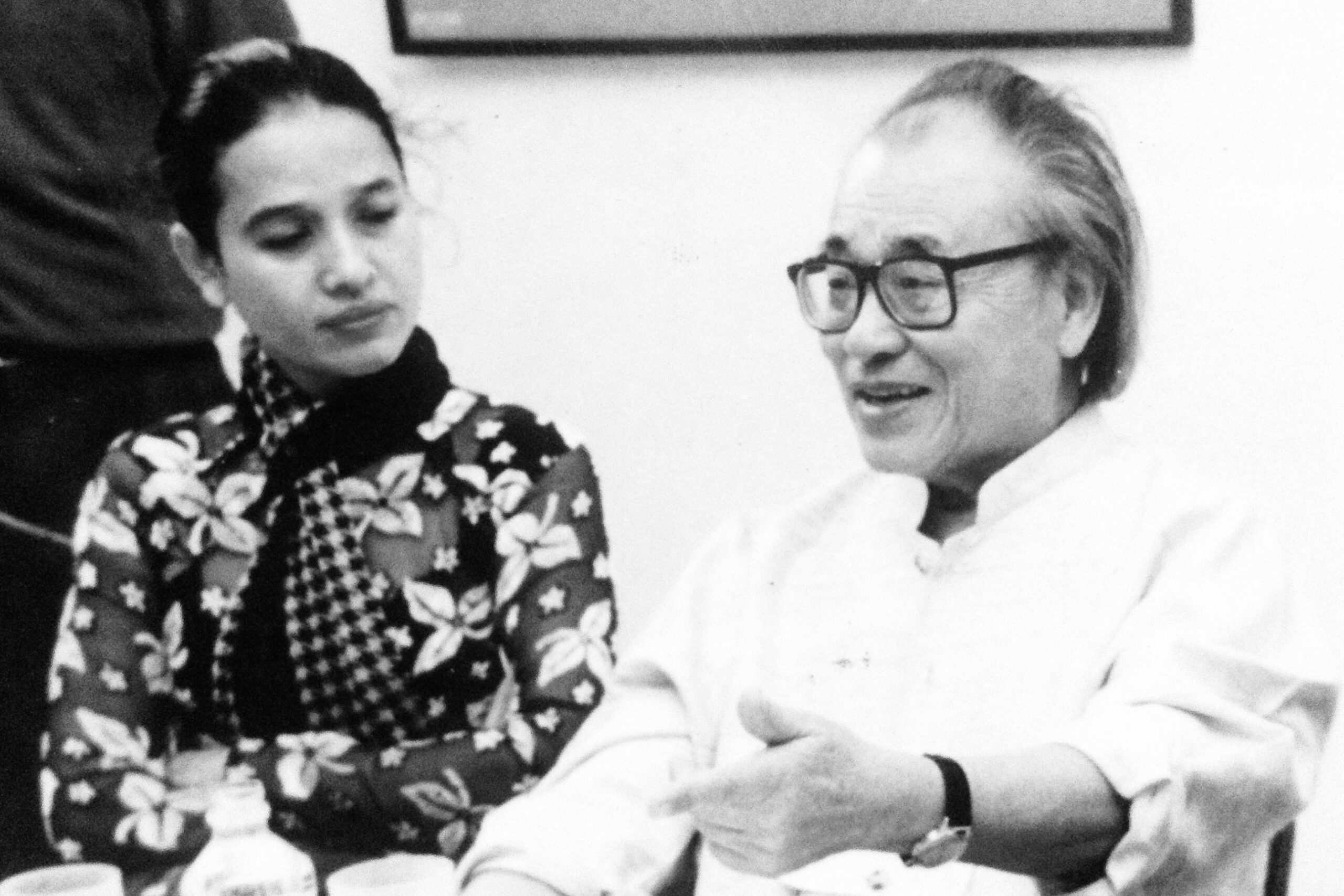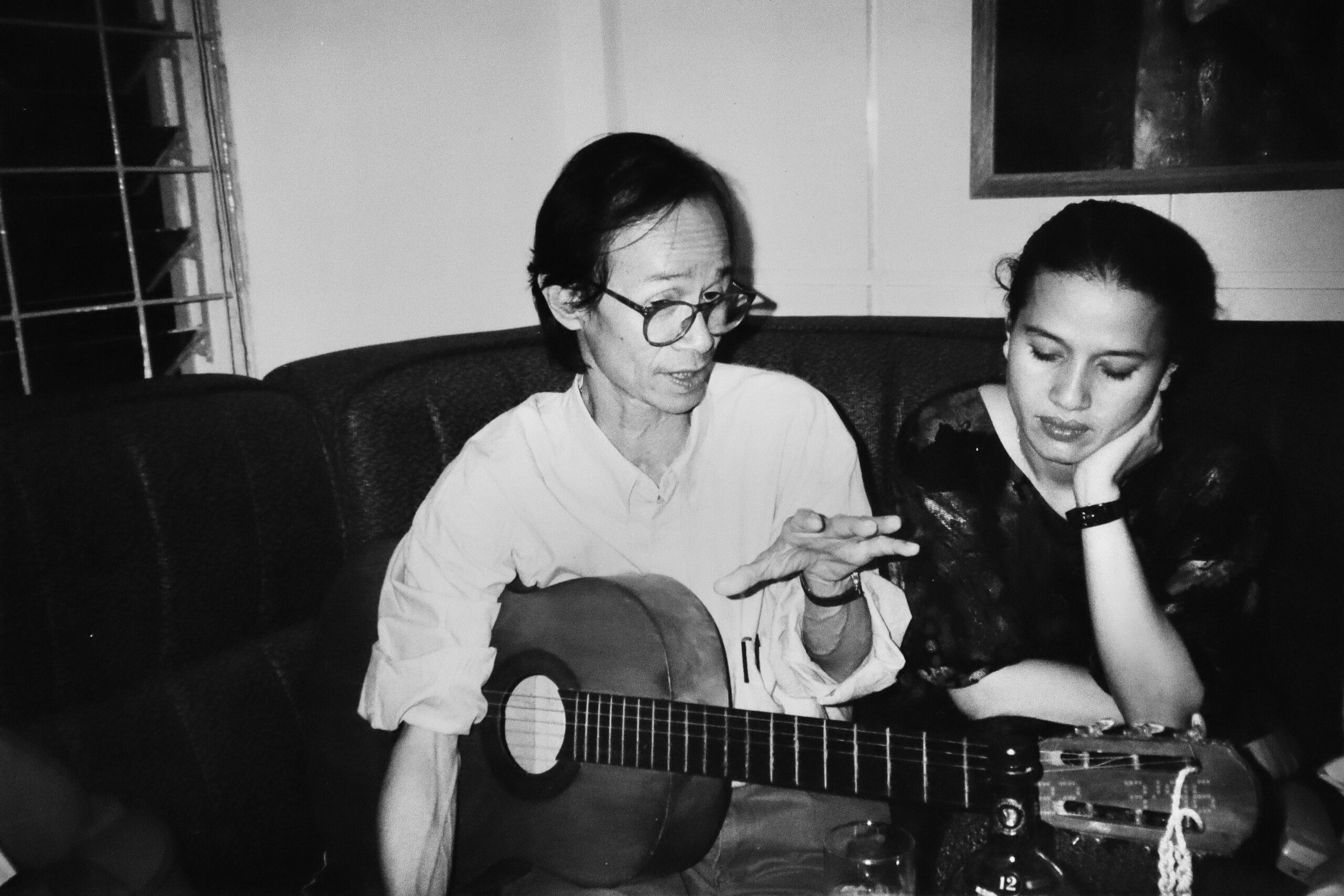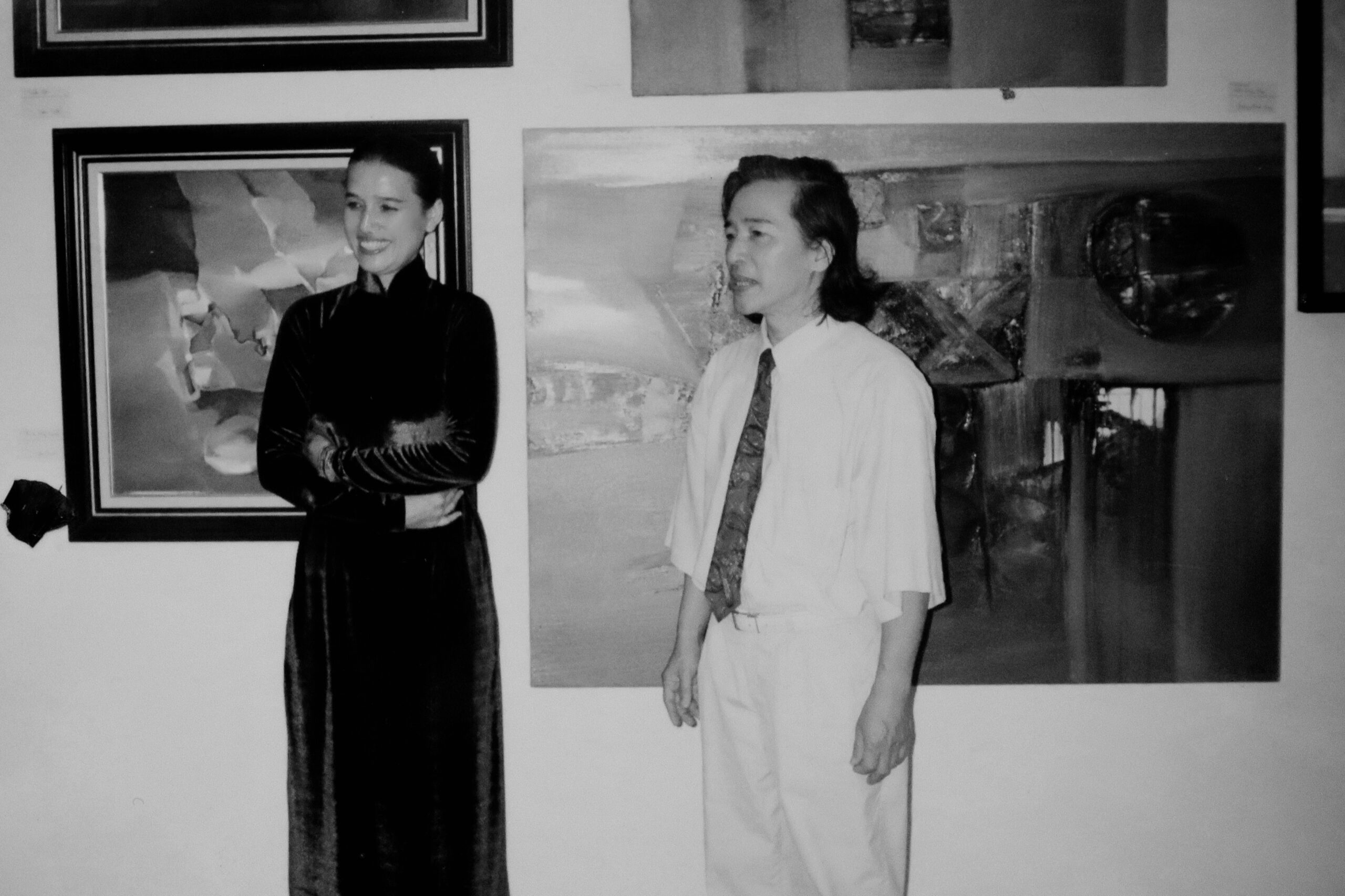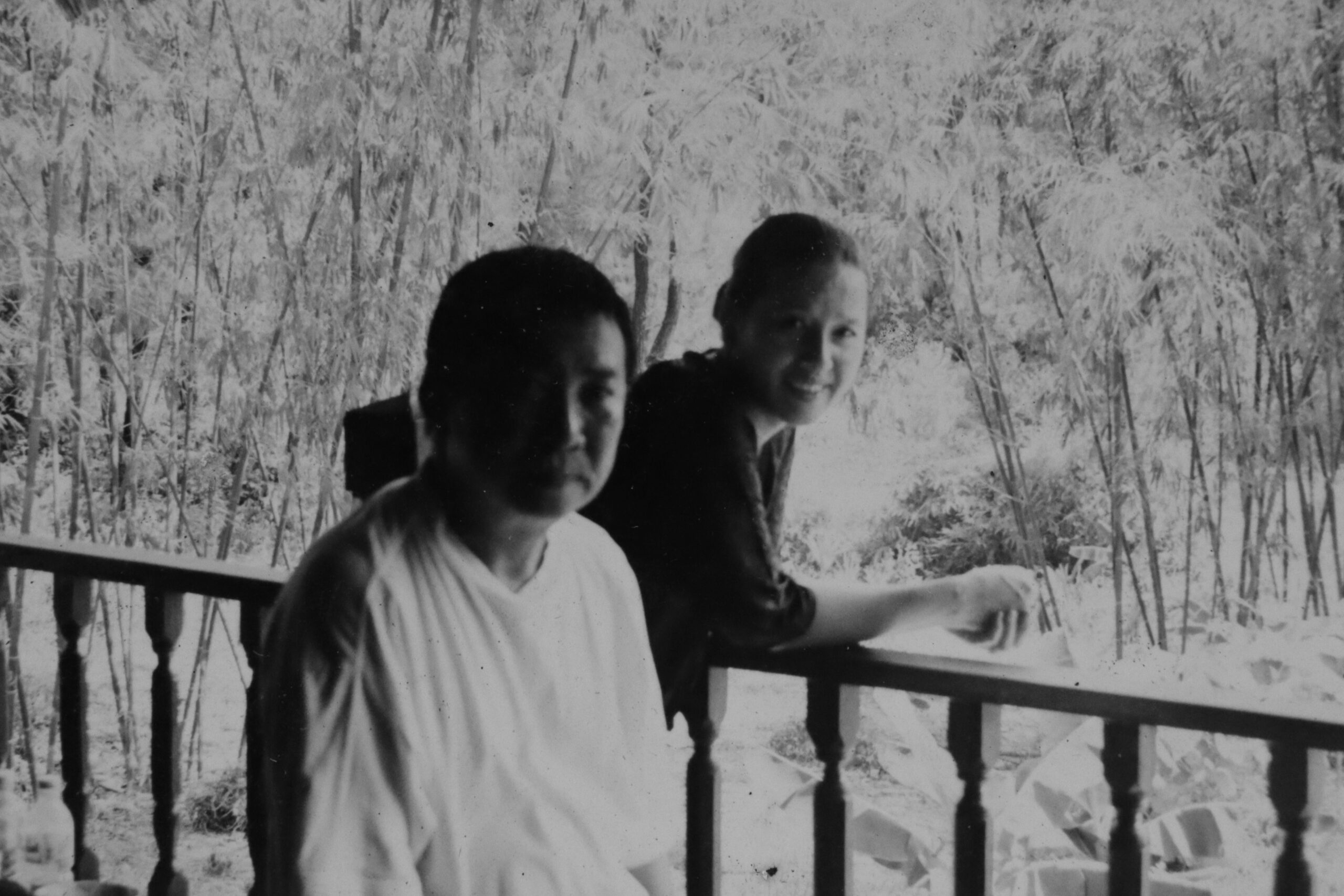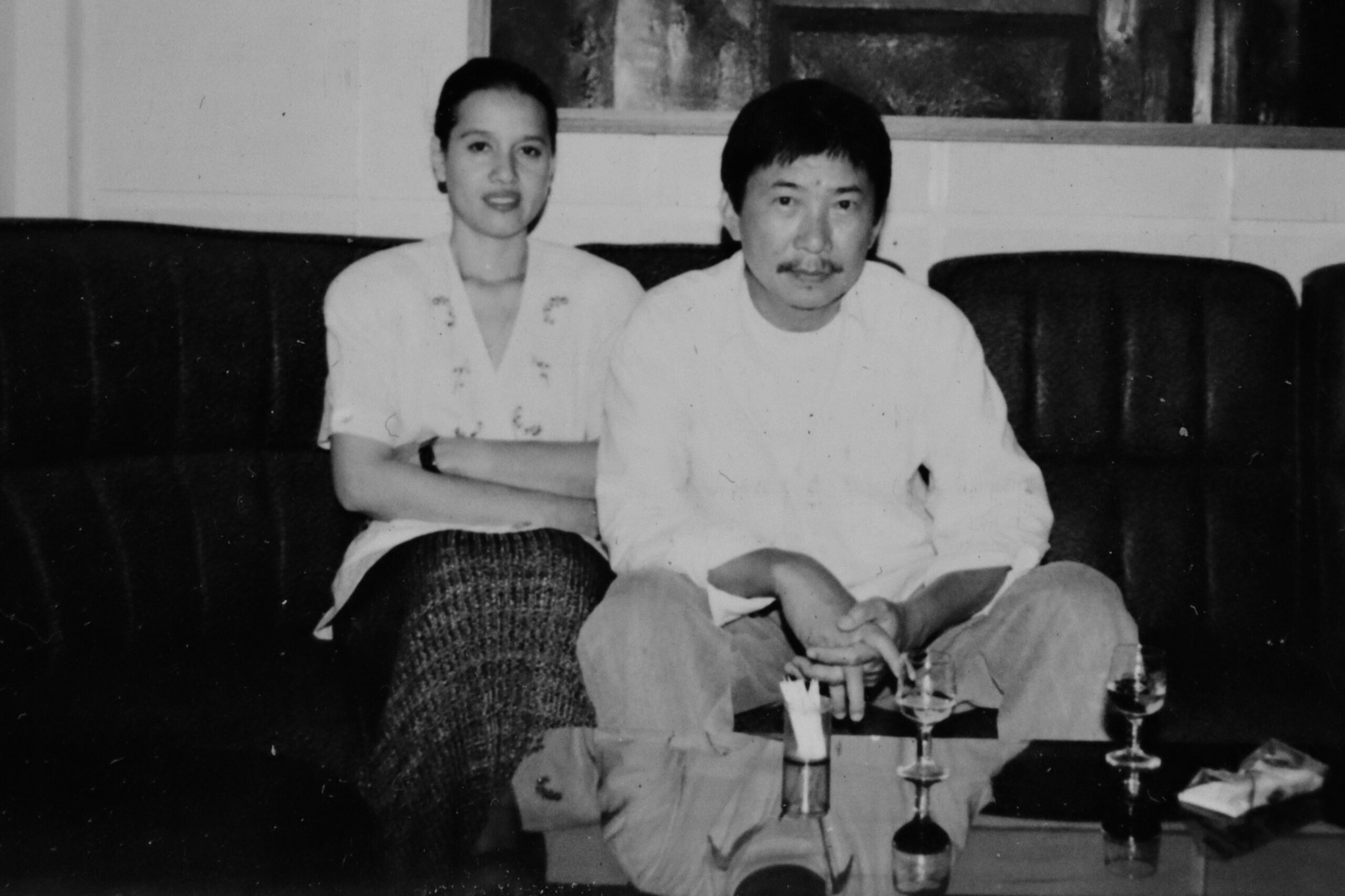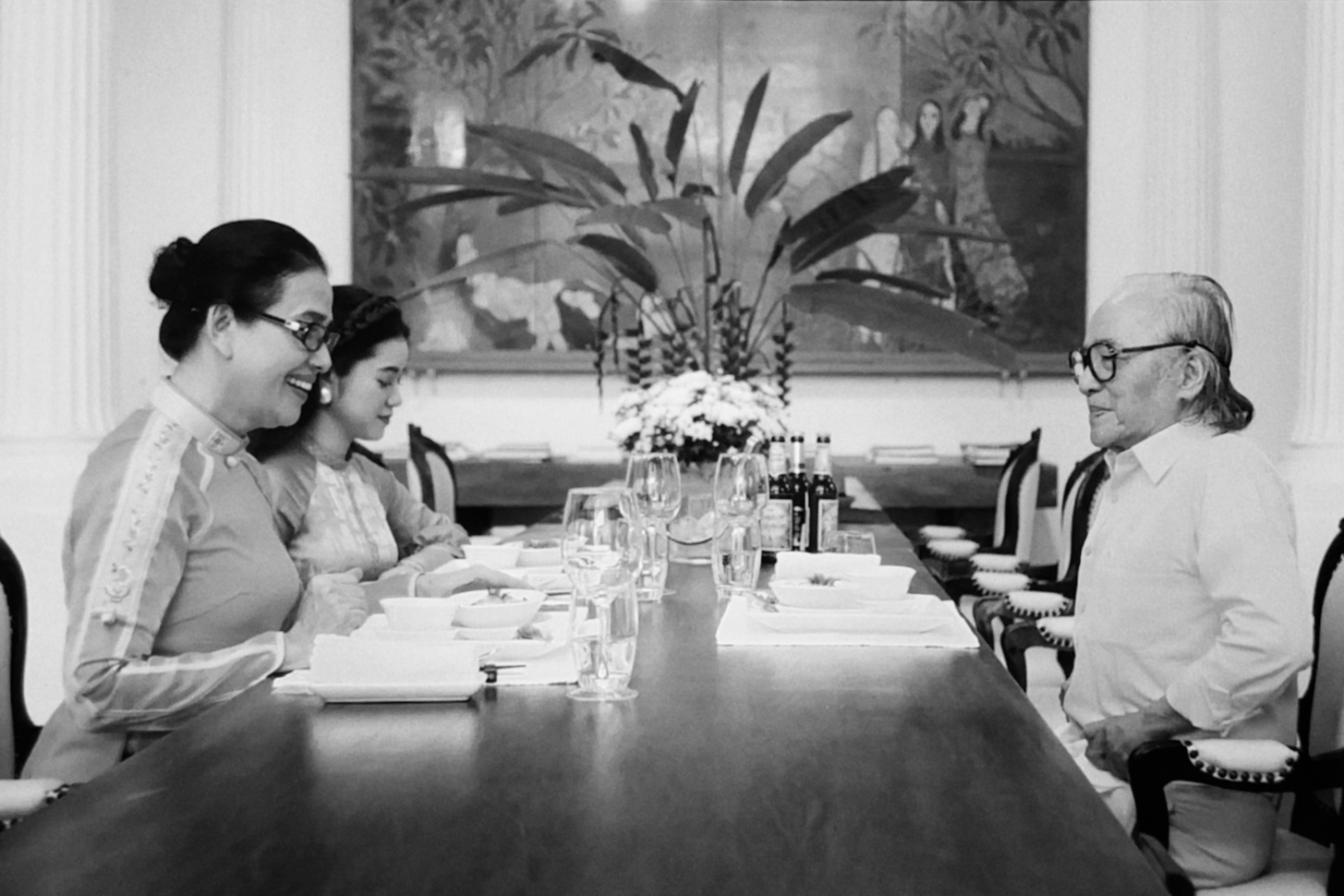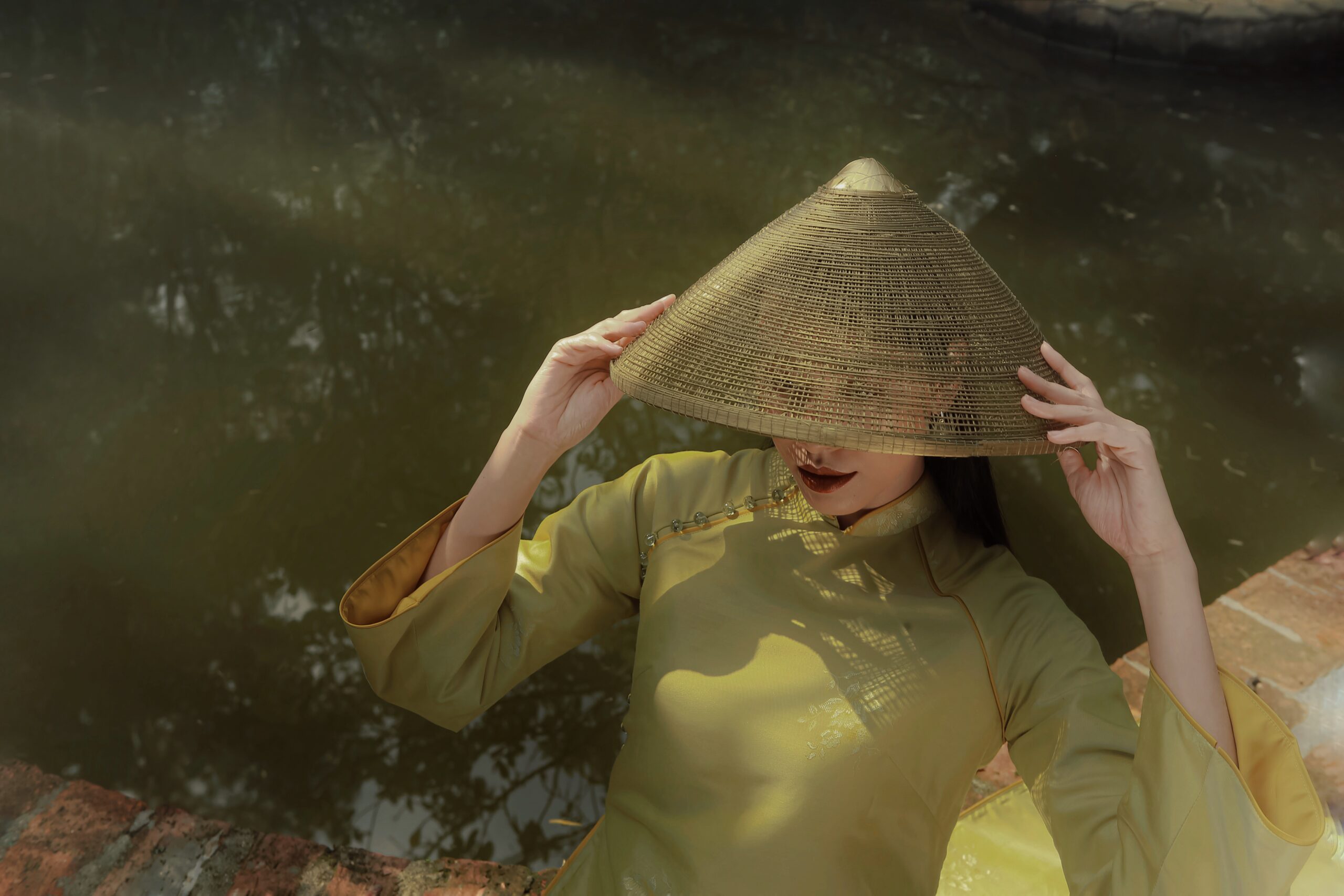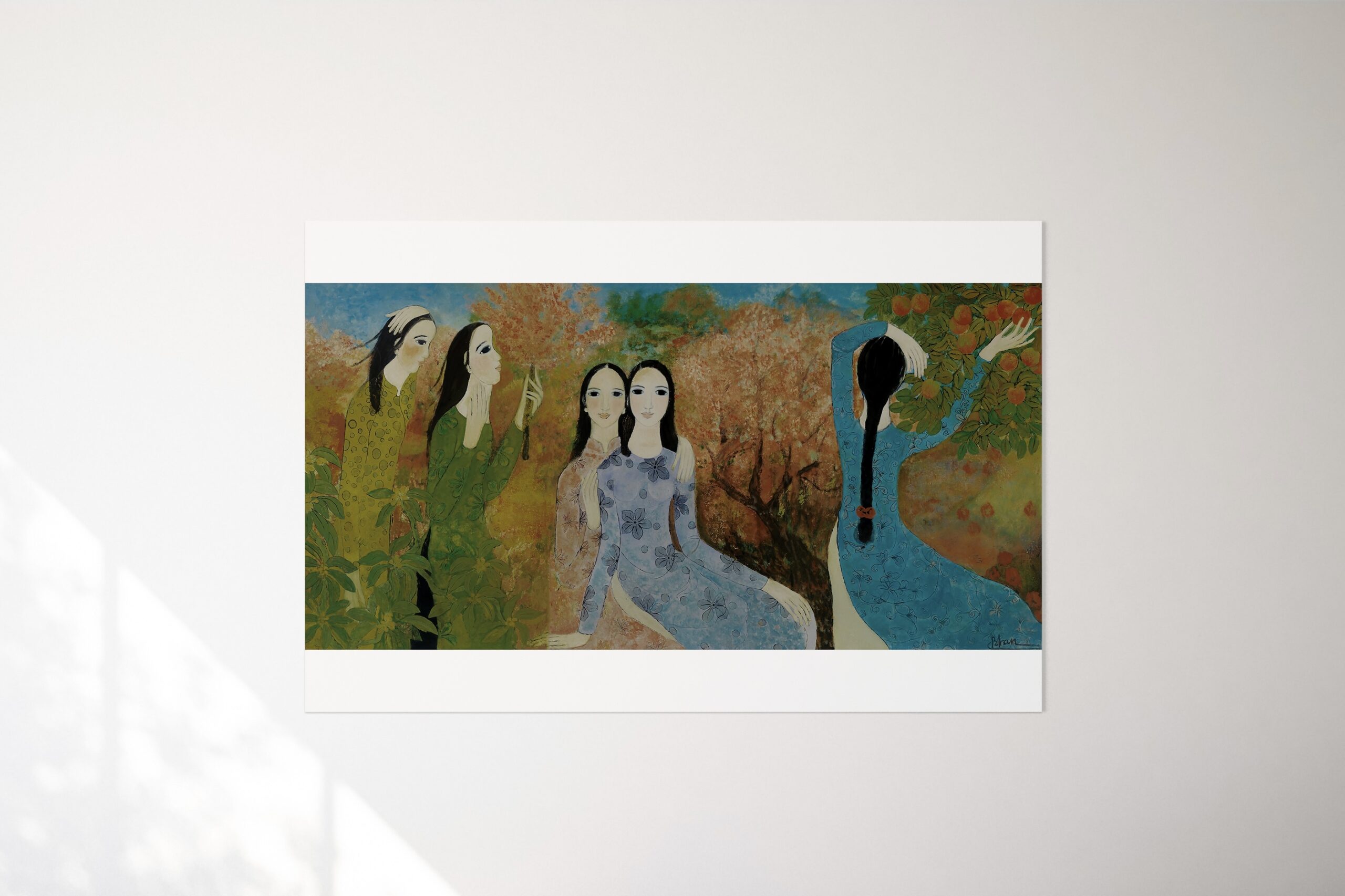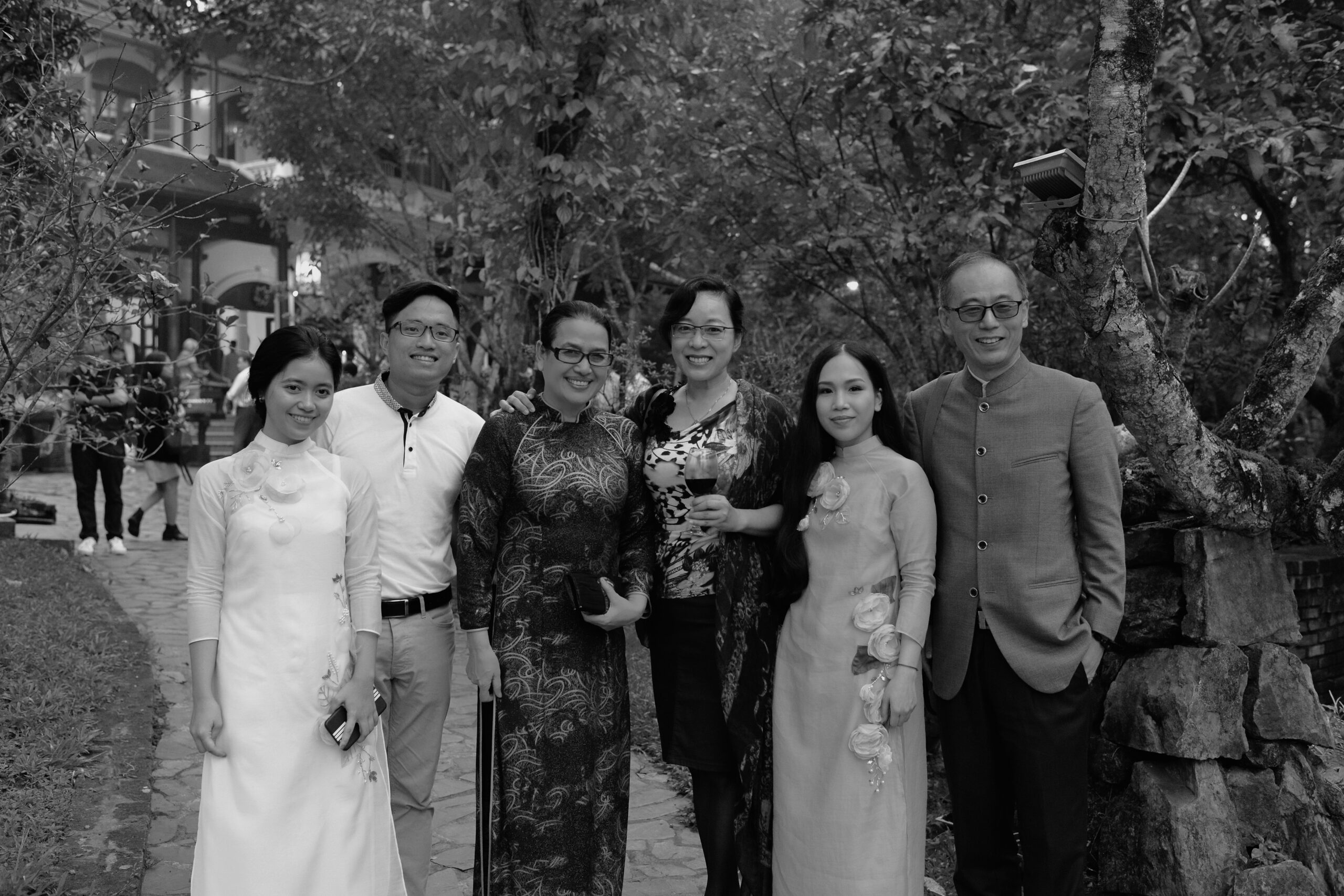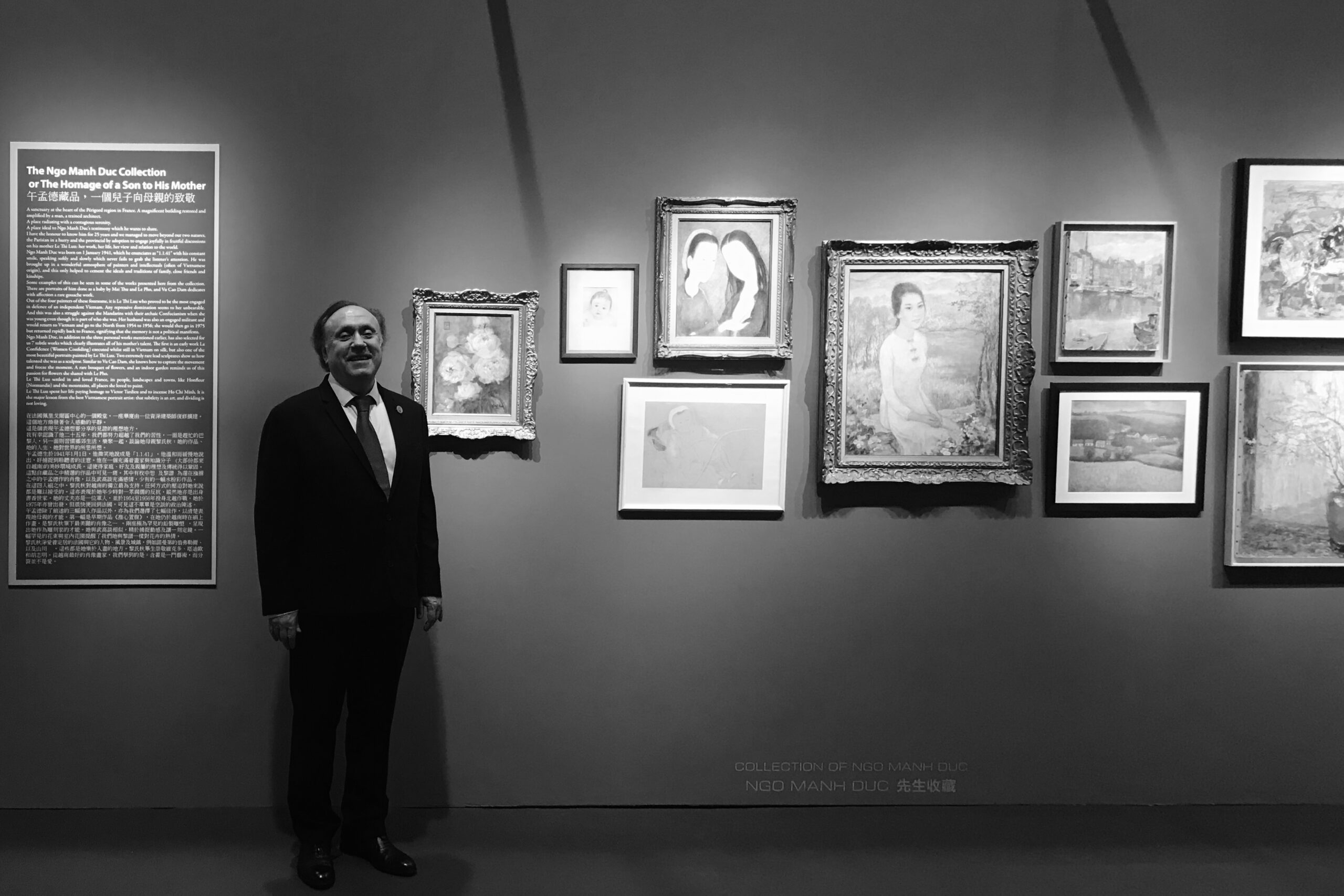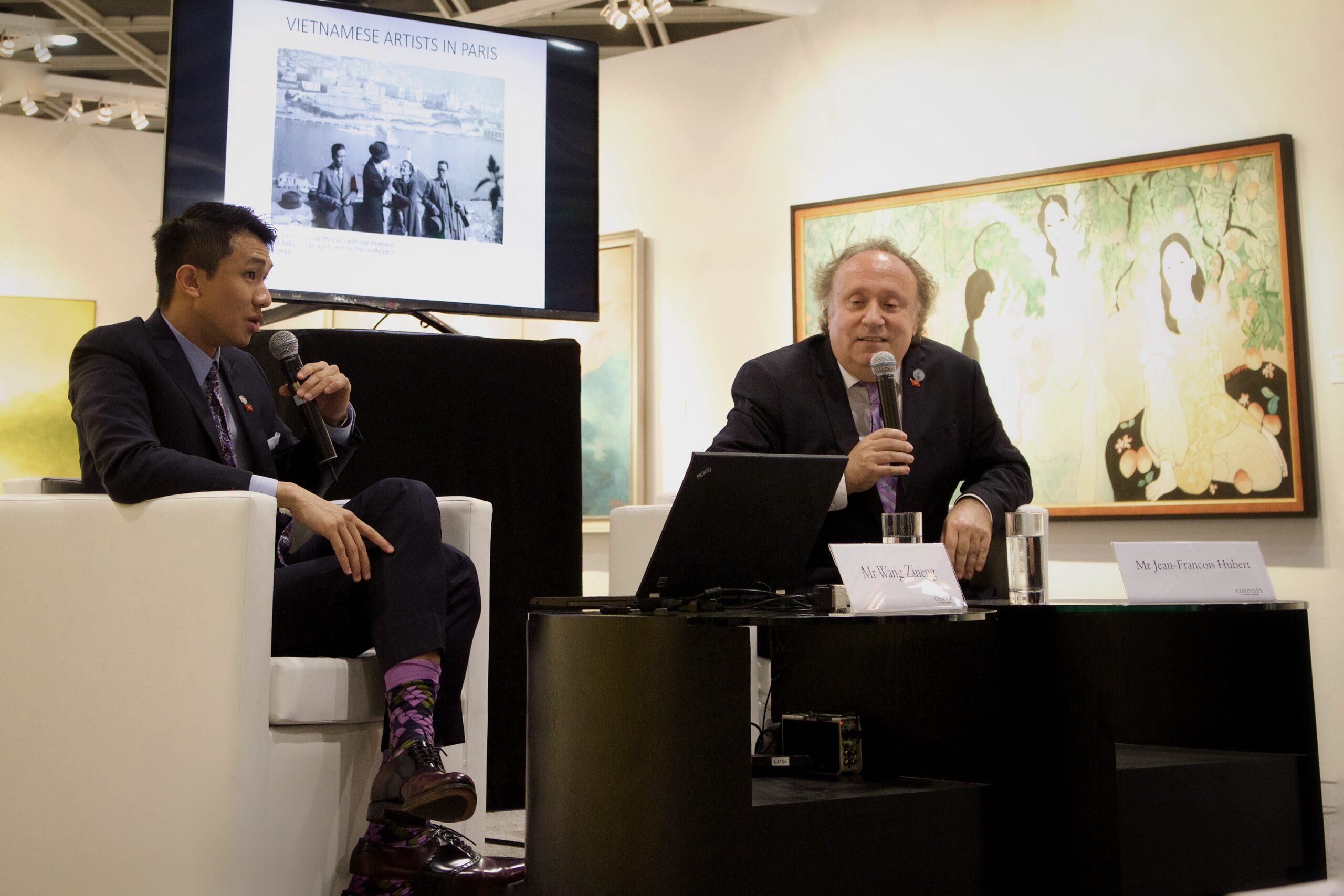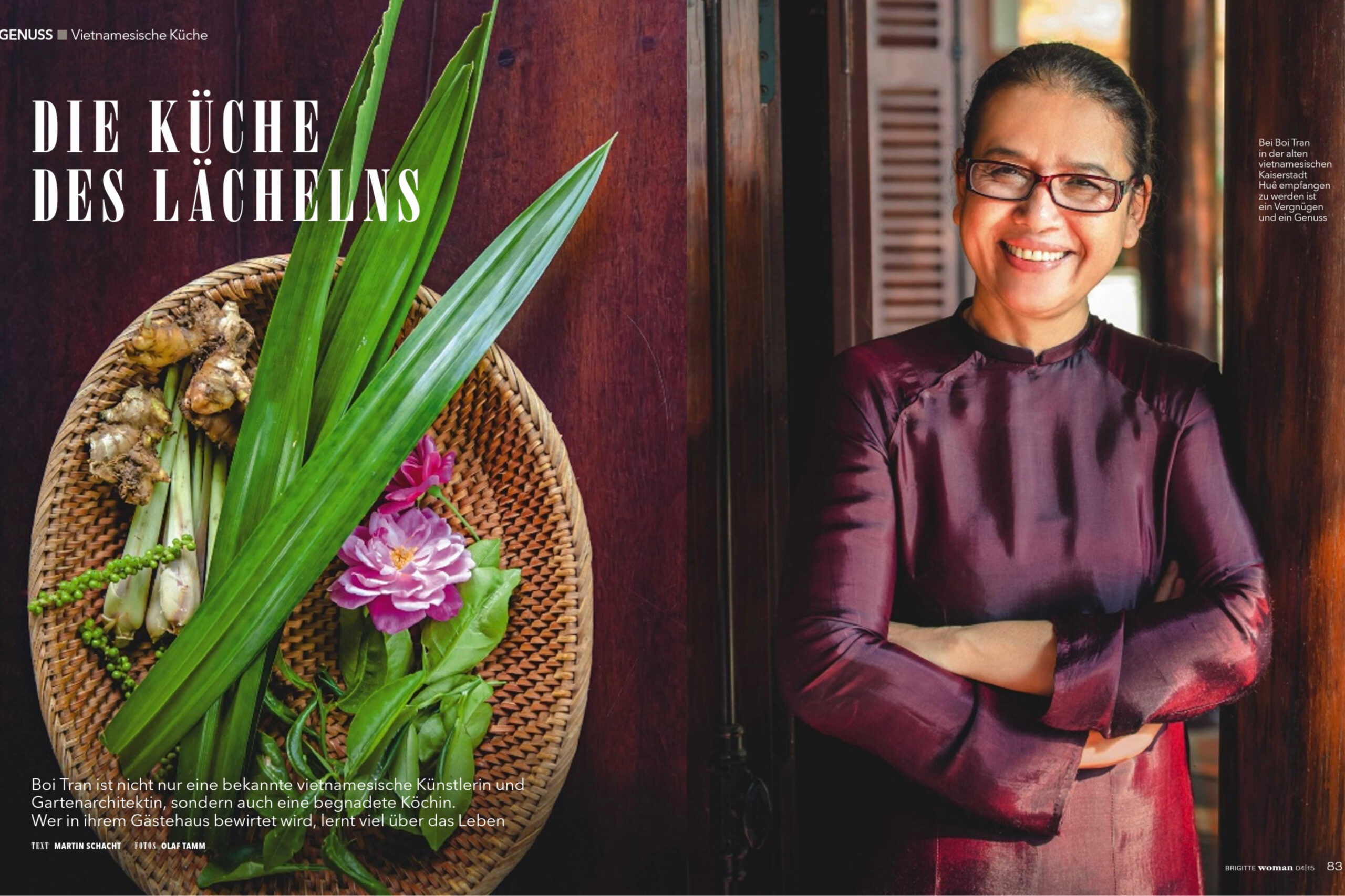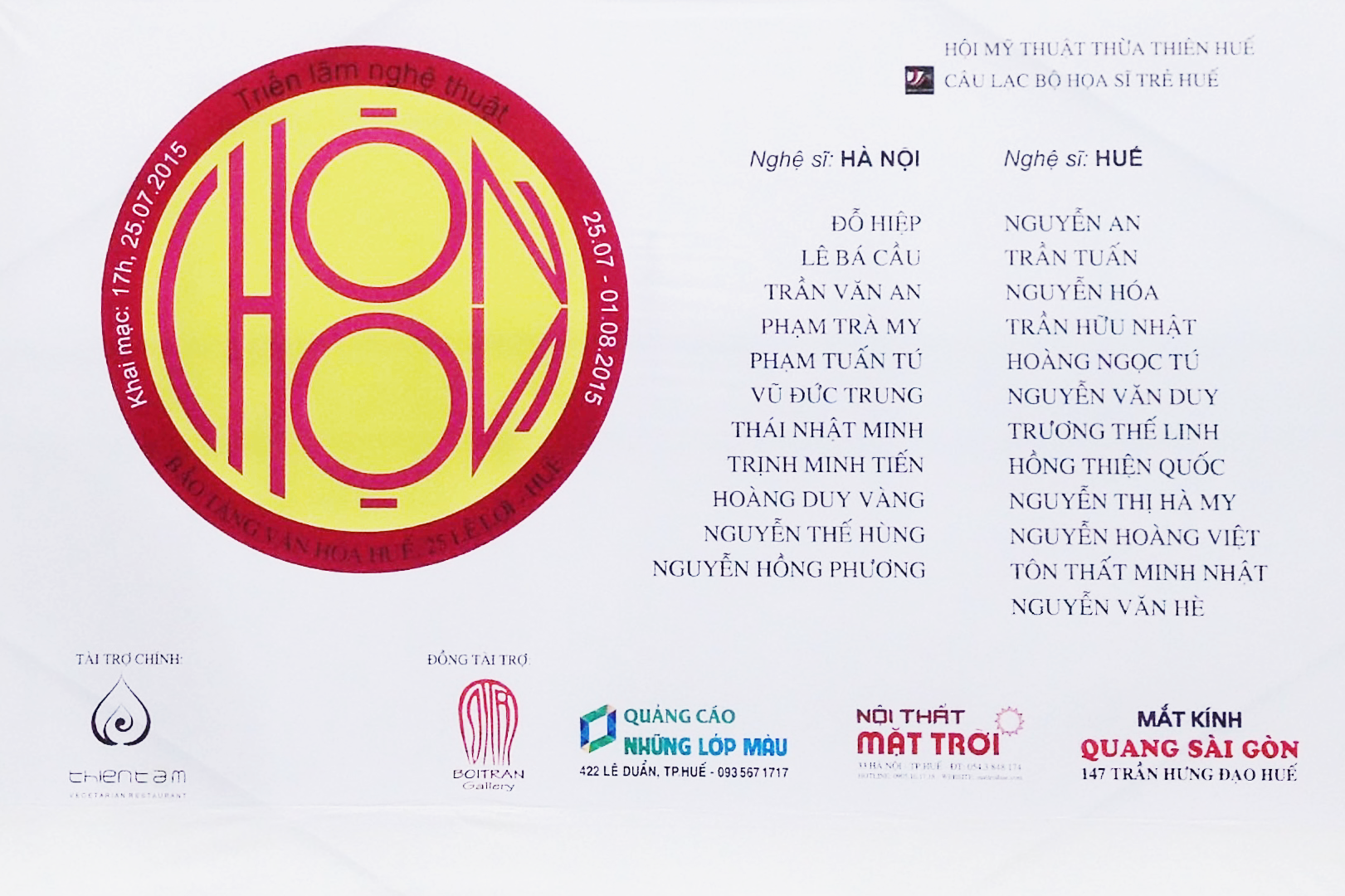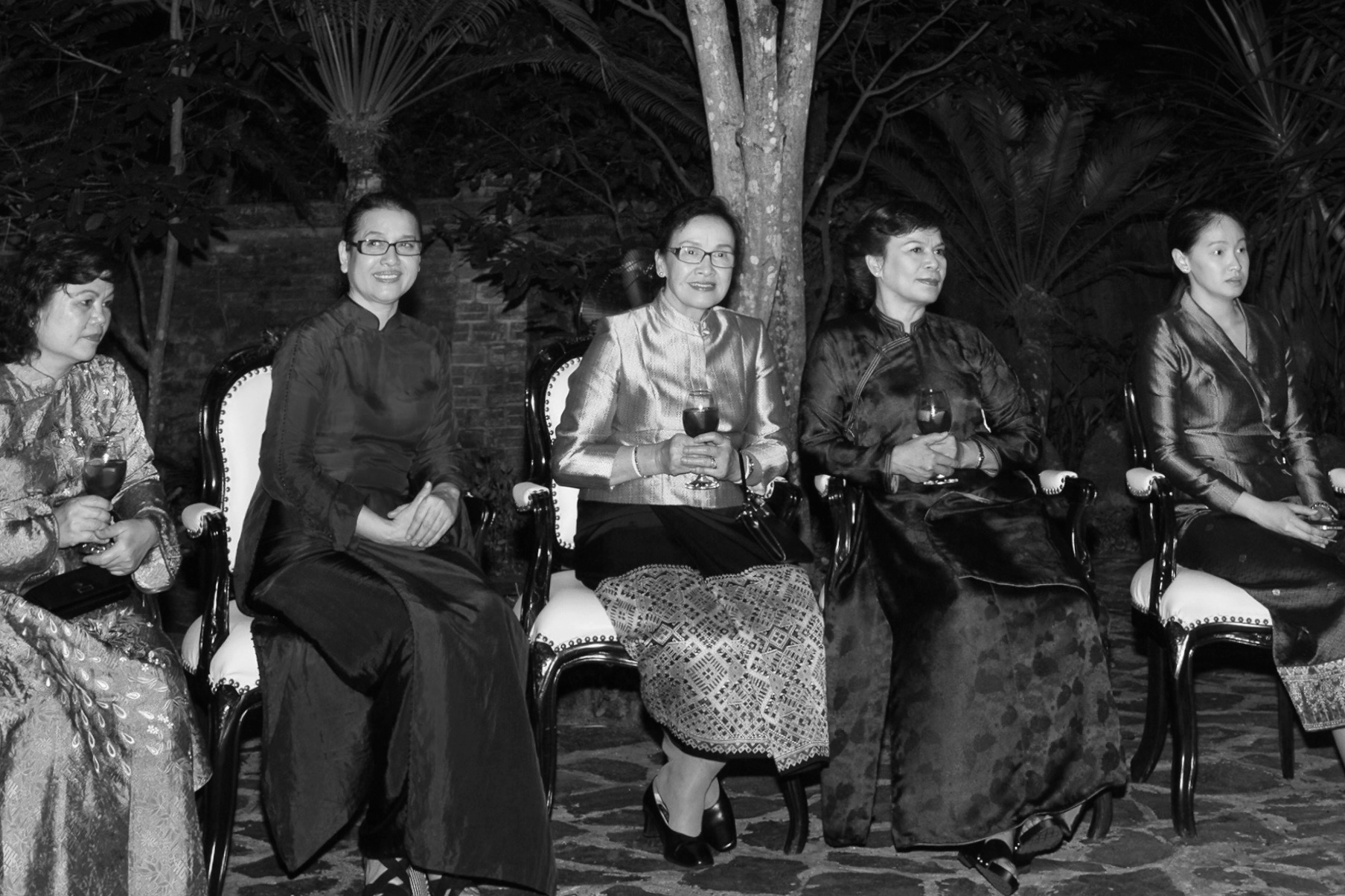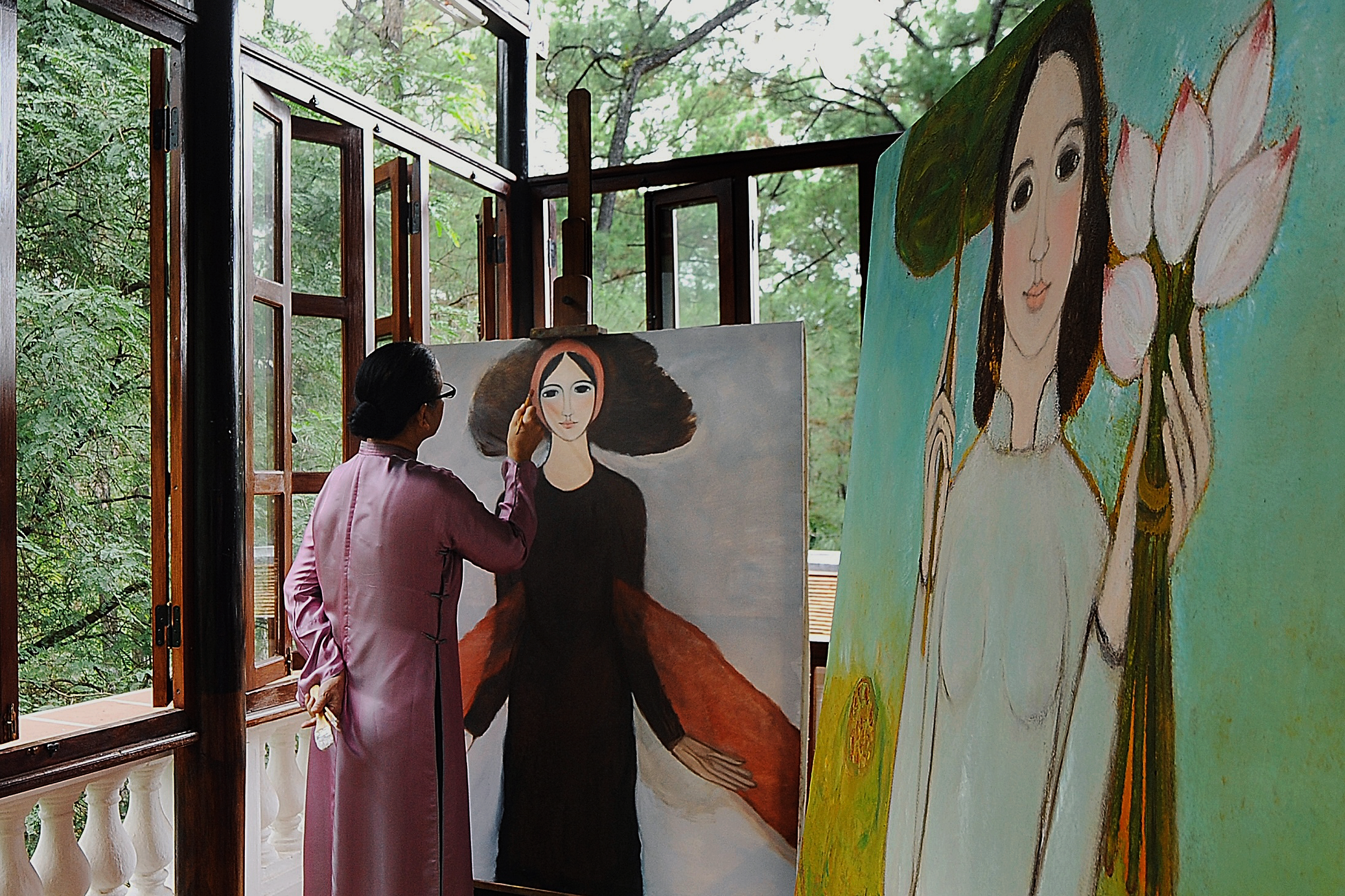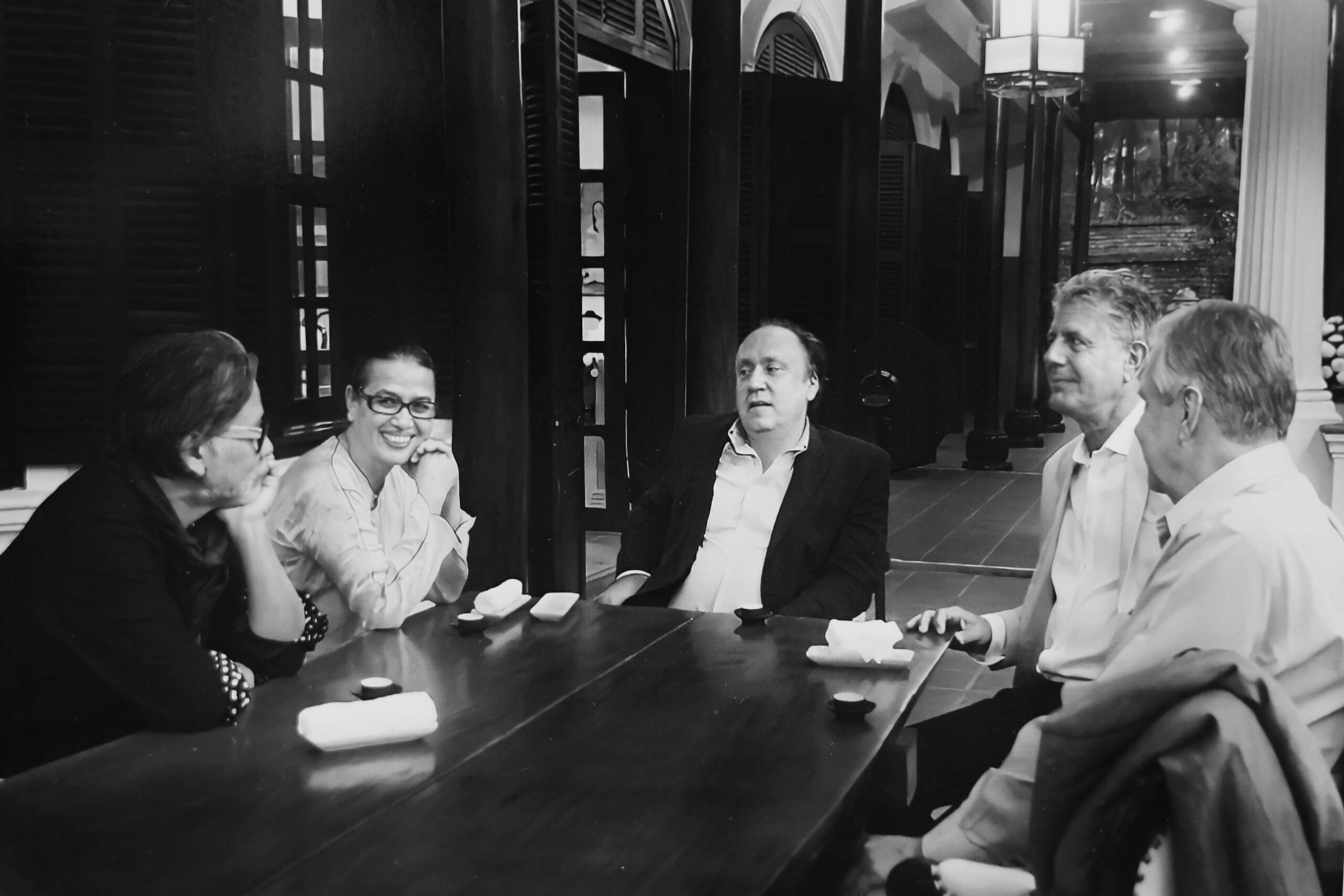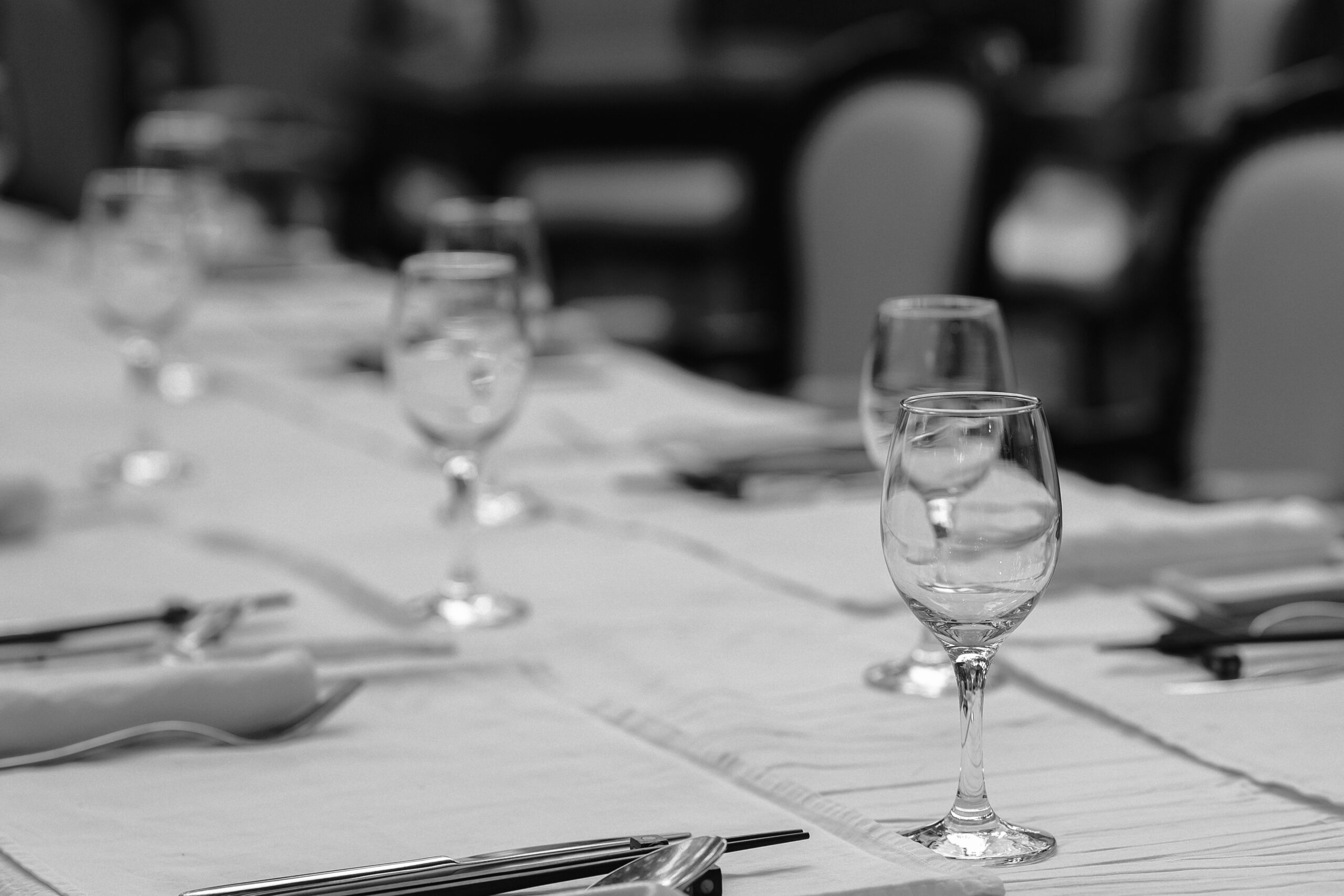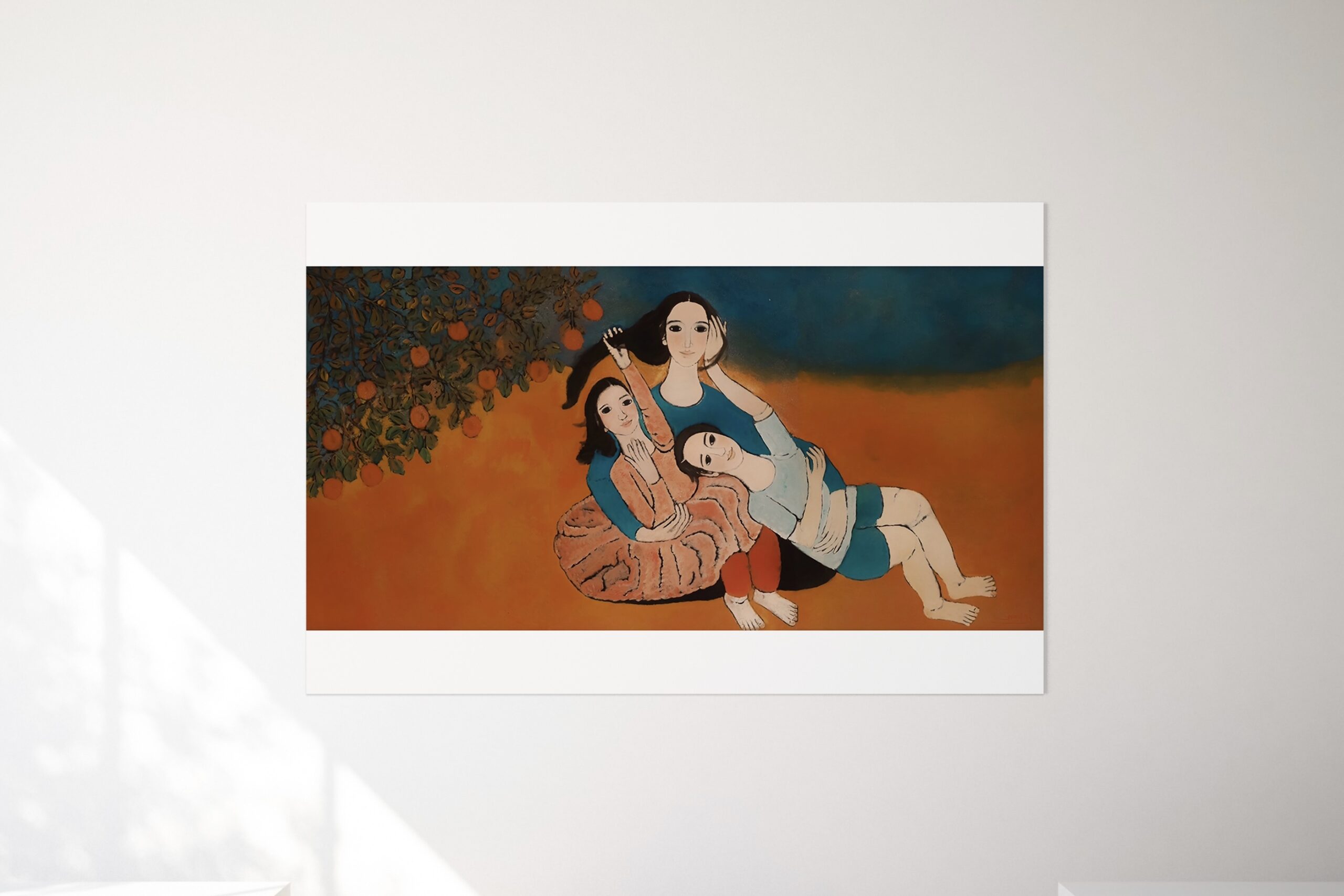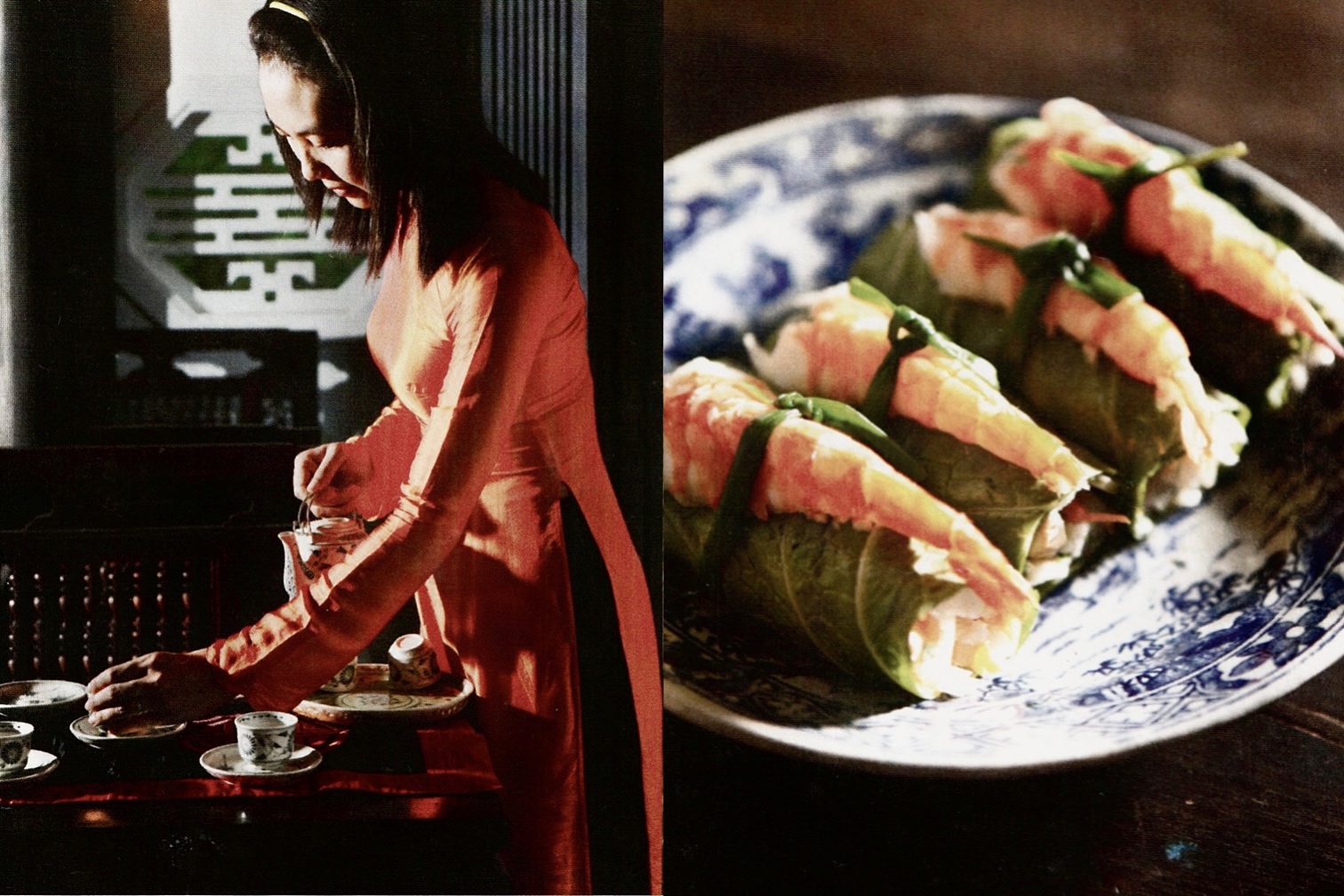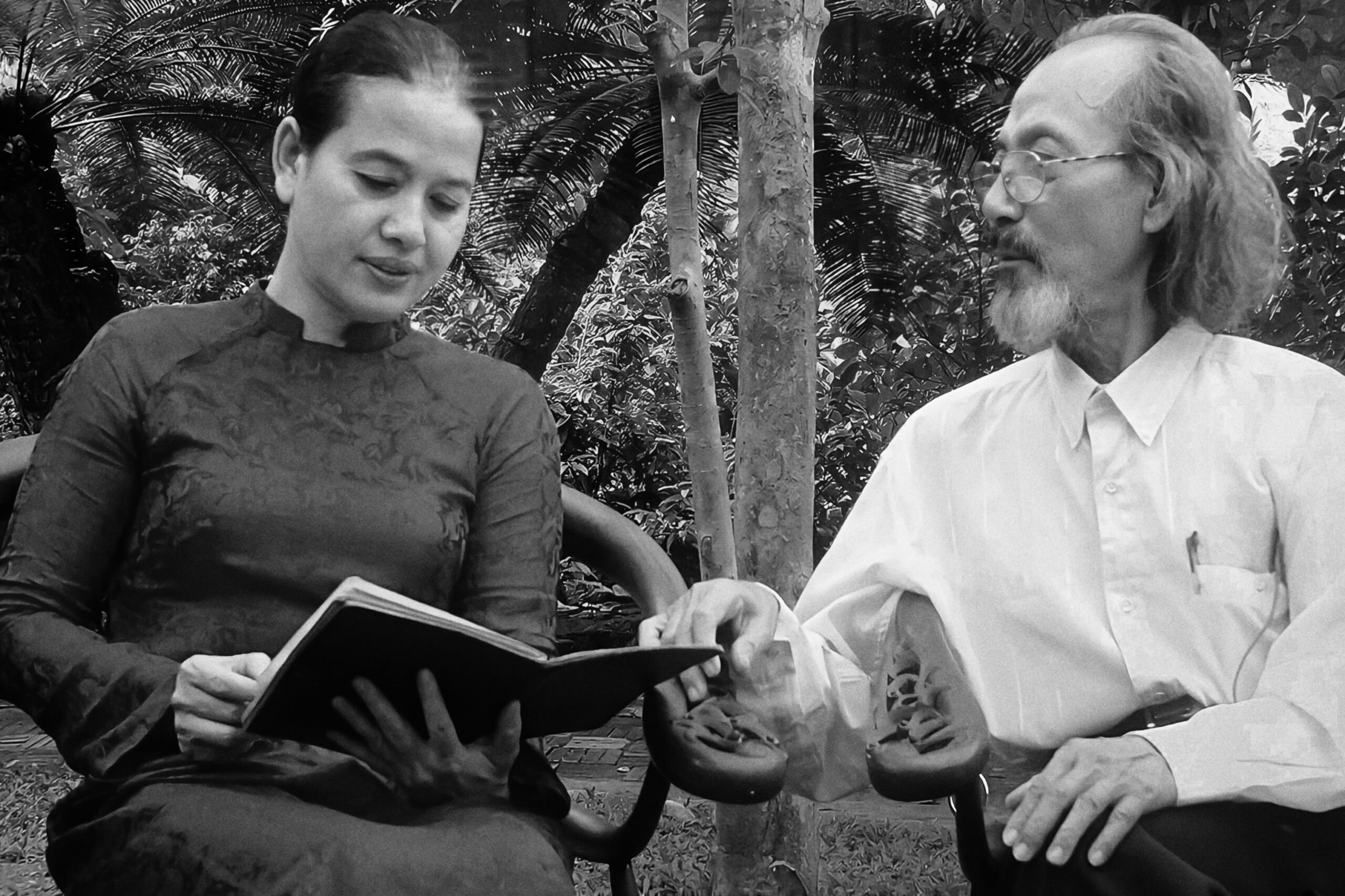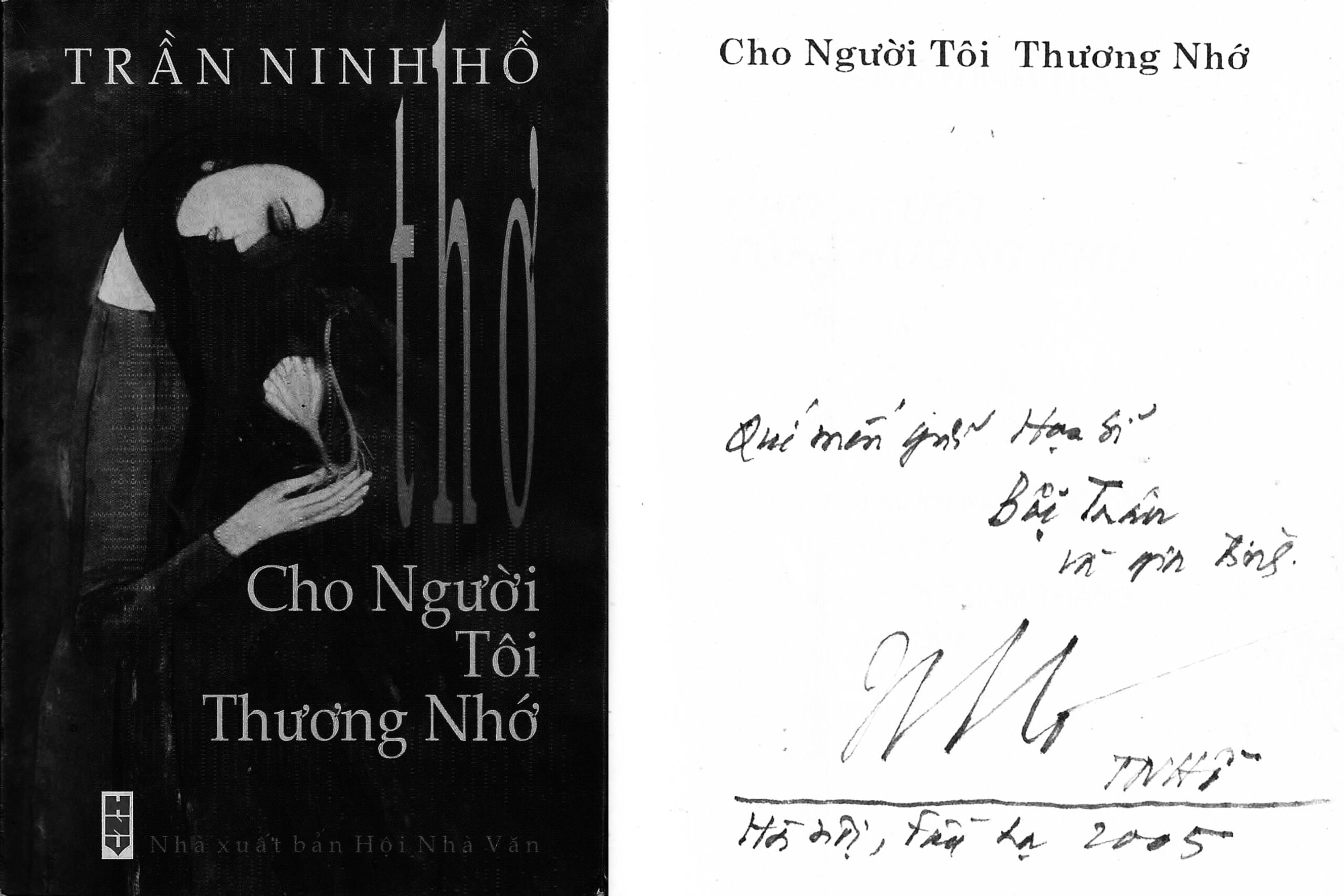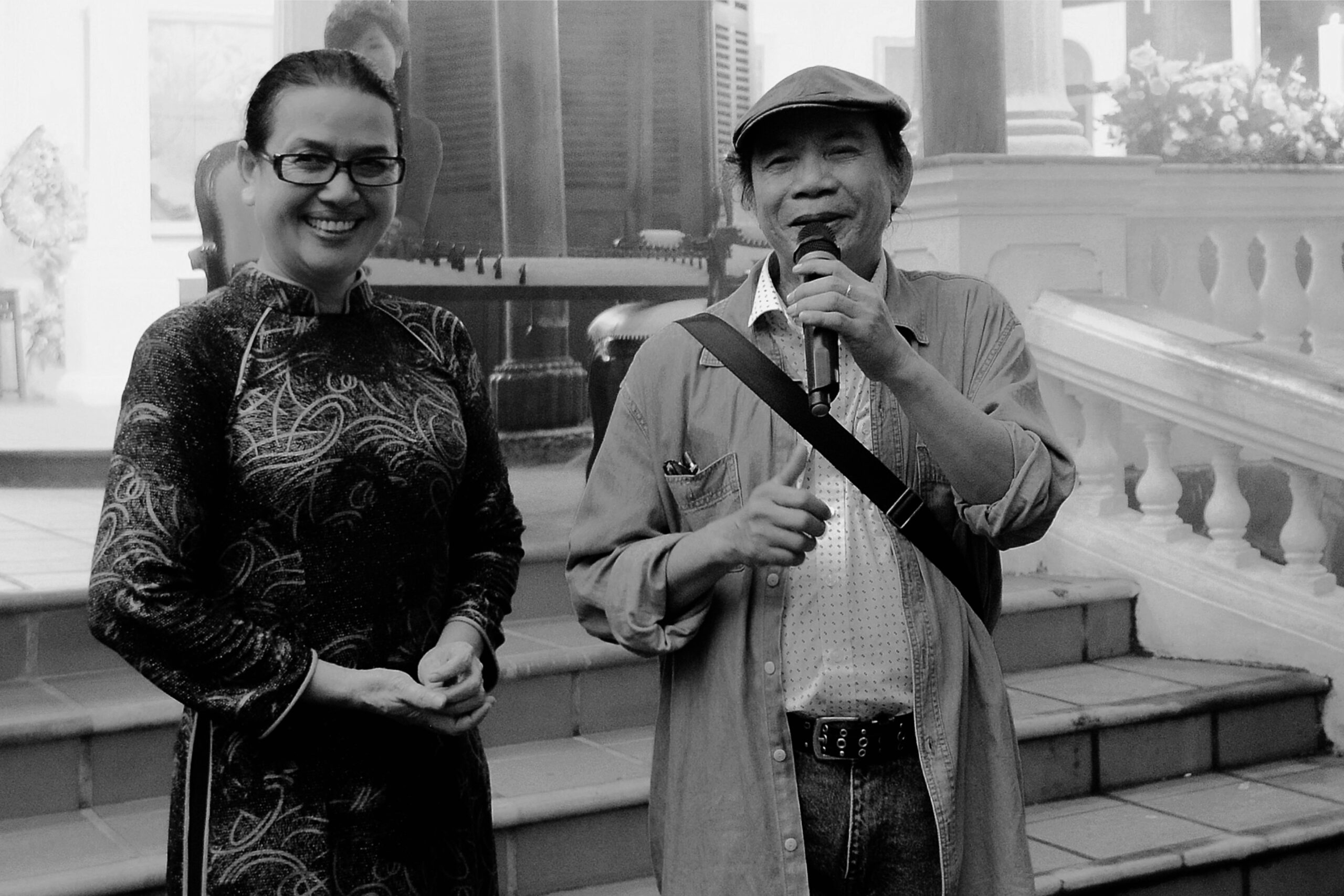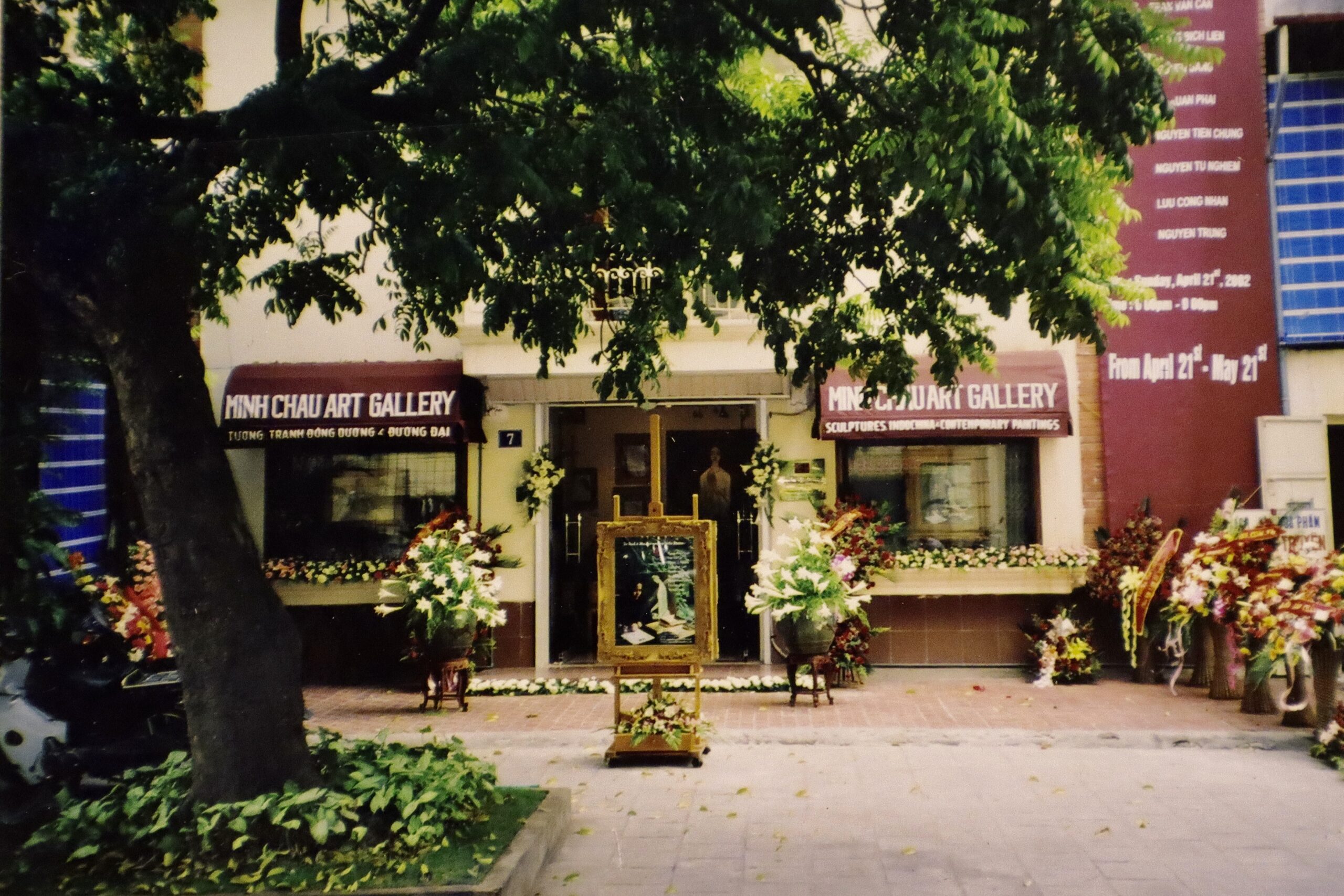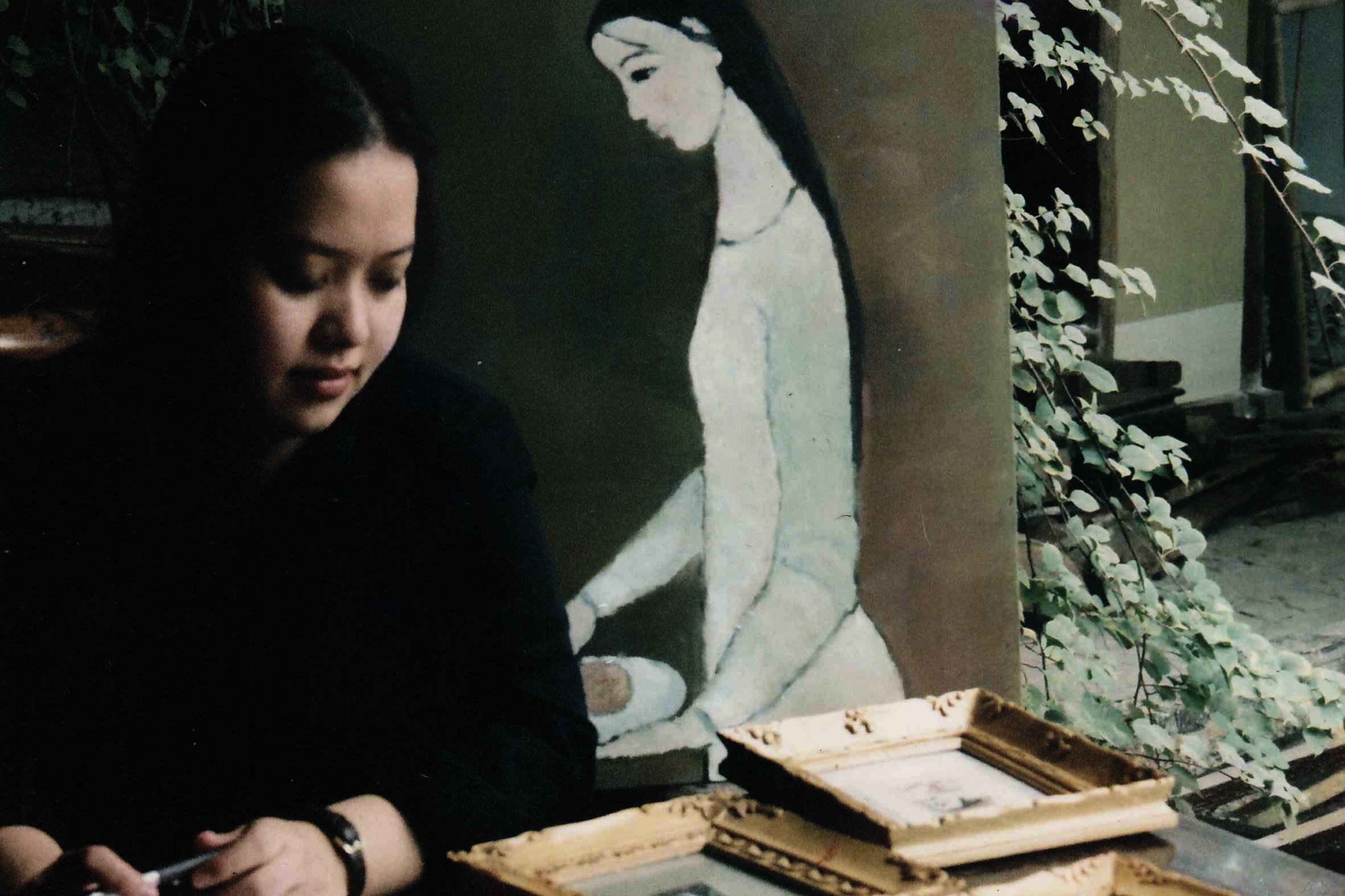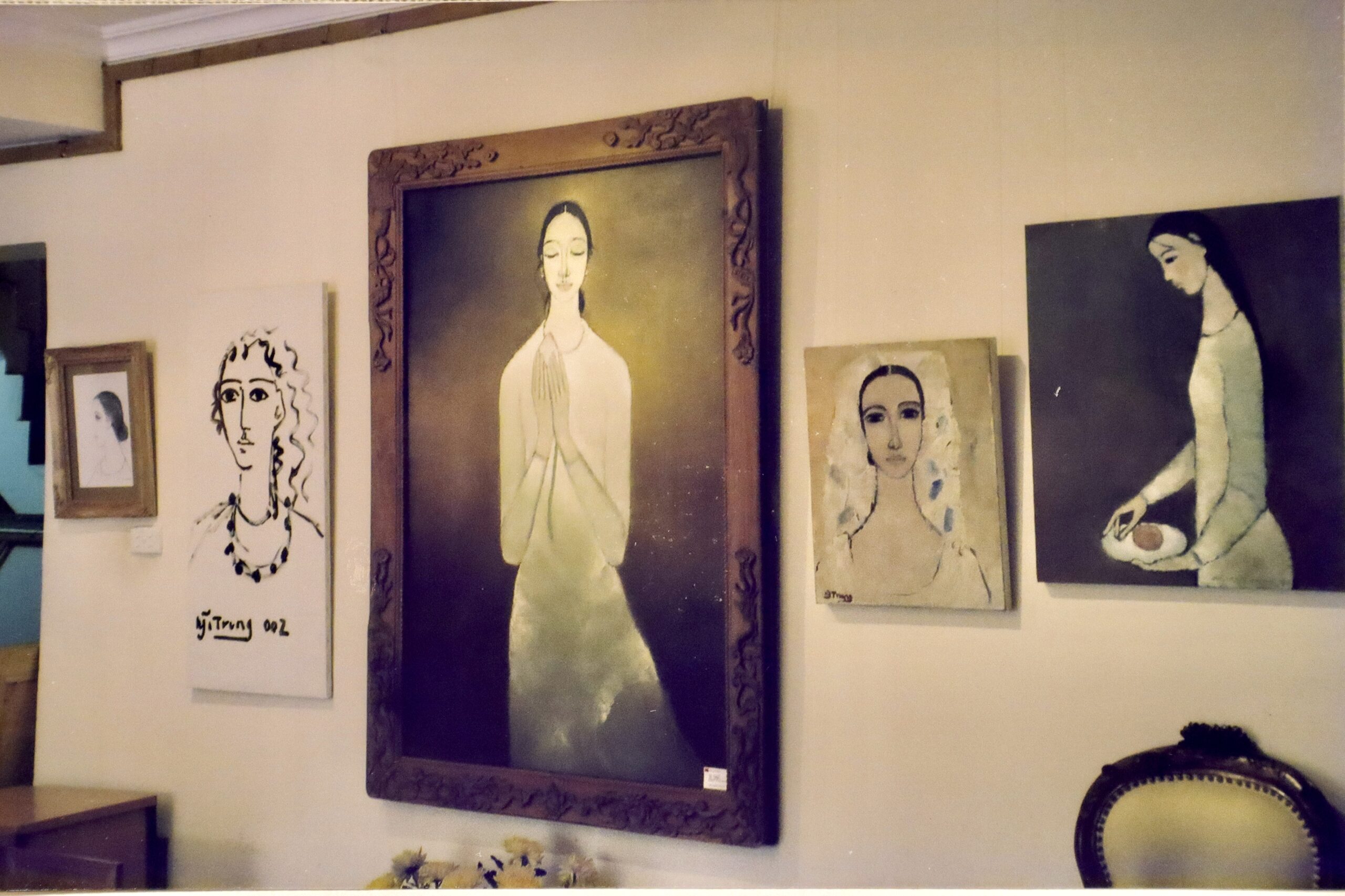Thanh Nien News: Complete Transcendence

“Mother and Children” fetched approximately USD 10,000 at Christie’s Hong Kong on May 26, 2013. Boi Tran is only the second Vietnamese female painter, the other being Le Thi Luu (1911 – 1988), selected by the two prestigious international auction houses Sotheby’s and Christie’s.

Mother and Children fetched nearly USD 10,000 at Christie’s Hong Kong on May 26, 2013. The triptych lacquer was Boi Tran’s fourth painting sold internationally through auctions held by Sotheby’s and Christie’s since 2008.
Boi Tran is only the second Vietnamese female painter, the other being Le Thi Luu (1911 – 1988), selected by the two prestigious auction houses.
Jean-François Hubert
Senior Expert, Vietnamese Art, Christie’s
However, unlike Luu, who was one of the rare, notable female alumni of Victor Tardieu‘s École des Beaux-Arts de l’Indochine in Hanoi in the 1930s, Boi Tran is a self-taught artist, who only began to learn the fundamentals of painting over a decade ago from Nguyen Trung (Vietnamese, B. 1940), one of the country’s great contemporary lacquer artists. She did not find it easy to paint.
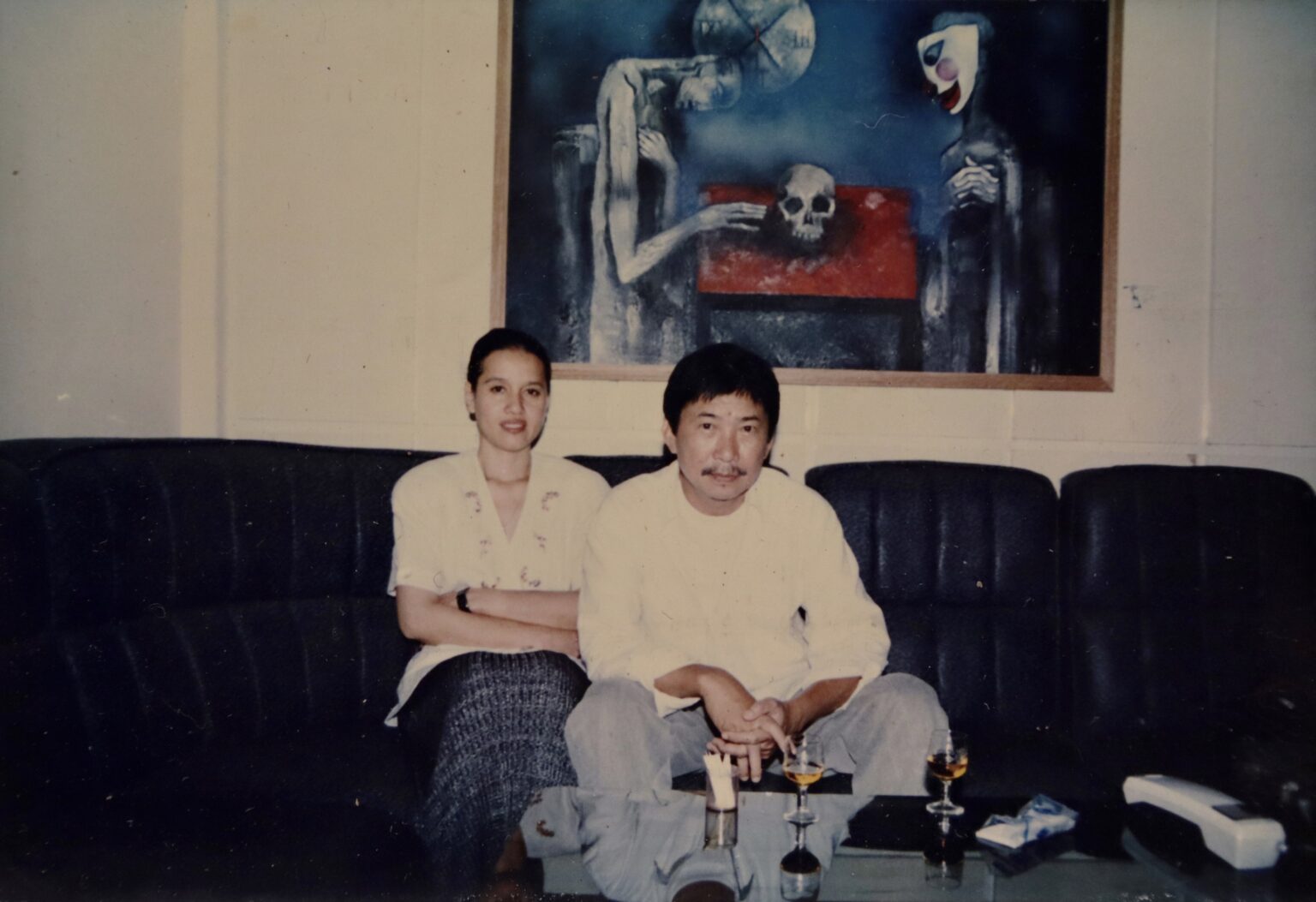
I concentrated on my initial works to such an extent that I did not recognize I was standing in front of the easel day and night. I used to burn all the works I felt unsatisfied with or those my teacher did not approve of. I forgot the old ones and started working even harder on the new ones.
Boi Tran
Tran’s creations are made with different materials, including oil, silk, and lacquer. Most of her paintings capture the beauty of women and flowers, mainly lotuses and Queen of the night (epiphyllum) a type of cactaceous plant whose flowers blossom during the night and wither soon after. The young women in Tran’s paintings appear in traditional Vietnamese ao dai, a dress she herself wears all the time, and their eyes are gazing into the distance, looking down at a flower or closed in prayer.
Boi Tran’s pictorial work presents profound originality: it is part of an isolated approach removed from the dominant schools; it expresses the search for universal humanism deeply rooted in a characteristically Vietnamese sensitivity.
A student of the famous painter Nguyen Trung, whose muse she became and for whom she remained a model, she transcended herself. A superficial study would reveal the great similarity of expression between the two artists, whereas, much more subtly, in Boi Tran’s creations the model of the object, in other words, transcends itself in as much as the object represented becomes its own subject: it leaves the painting, escapes from the painter and represents itself: the “self” becomes “me” and the transcendence is complete.
© Modern And Contemporary Southeast Asian Paintings, 05 October 2008, Sotheby’s Hong Kong
Boi Tran’s paintings, for the first time, were officially displayed in a female artists’ exhibition in Hue. In the following years, she joined an annual exhibition with her colleagues in the central city. In 2004, her first personal exhibition took place at Minh Chau Art Gallery in Hanoi which was run and named after her daughter. Recently, she has exhibited at her own gallery called Boi Tran Garden on Thien An Hill, around 10 kilometres southwest of Hue.
UNIQUE ART GALLERY AND COLLECTION
In 1998, Boi Tran opened a gallery on the ground floor of the Saigon Morin Hotel. Overlooking the Perfume River and Trang Tien Bridge, her art gallery became one of the first private galleries in town. Boi Tran Art Gallery’s Grand Opening gathered many famous artists and dignitaries across the country such as Hue-born poet as well as the Minister of Culture & Information Nguyen Khoa Diem who joined and did the ribbon-cutting ceremony. The gallery soon became a rendezvous spot for local artists as well as collectors, locally and internationally. Five years later, Boi Tran moved her gallery to a garden on Thien An Hill, an area with many low mountains covered with pine trees.
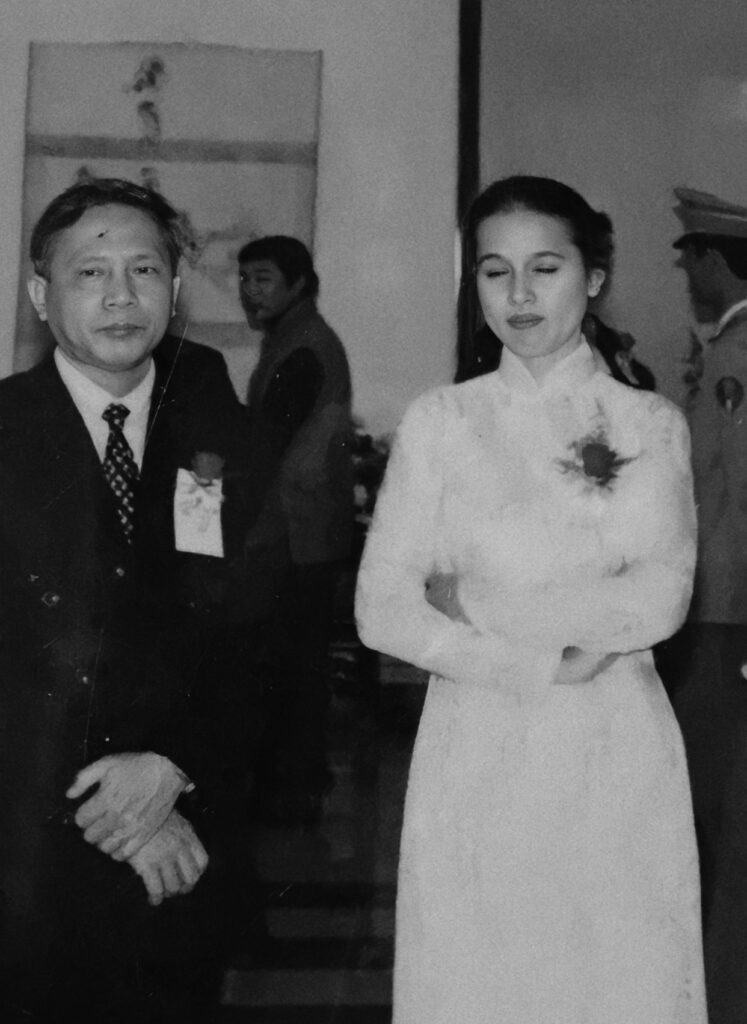
My friends told me that I was insane to build a gallery in such an inaccessible area, whereas some instinct told me that it was an ideal paradise for me to nourish and make my dream a reality.
Boi Tran
She and her staff including 50 people worked hard to relocate the timber houses (nhà rường) with carved wooden beams and pillars bought from different localities to Hue and many central provinces. Plus, they planted trees and flowers, built winding roads to different parts of the garden, and dug a large pond with a small house from which one can see lotuses and schools of fish swimming in the clear waters.
Today, the Boi Tran Garden never fails to impress visitors with its picturesque landscape and a complex of five nhà rường, two of which are used to display not only the owner’s paintings but also artworks and valuable fine arts documents she has collected over the past 20 years.
Boi Tran’s collection of more than 200 paintings includes works of famous Vietnamese painters from different periods like Nguyen Tu Nghiem, To Ngoc Van, Tran Quang Tran, Tran Dong Luong, Nguyen Do Cung, her teacher Nguyen Trung, Dinh Cuong, Hoang Dang Nhuan…etc. The most valuable works in her collection, according to Tran, are a total of more than 150 creations by the late Tran Quang Tran (1900-1969), also known as “Ngym”, the most famous Vietnamese painters in the 1930s together with Le Pho, Tran Van Can, Pham Hau, and Nguyen Khang. Most of Tran Quang Tran’s works are sketches of many famous Vietnamese, not only artists but also those prominent in different eras such as former Prime Minister Phan Van Khai, then in his twenties, and poet Tu Mo, born Ho Trong Hieu (1900-1976), who was known for his satirical poems lampooning the French and feudal regimes of the 1930s. Boi Tran shared that the son of Tran Quang Tran left his father’s treasure to her as he trusted her, hoping she will help unveil the late artist’s creations to the public.
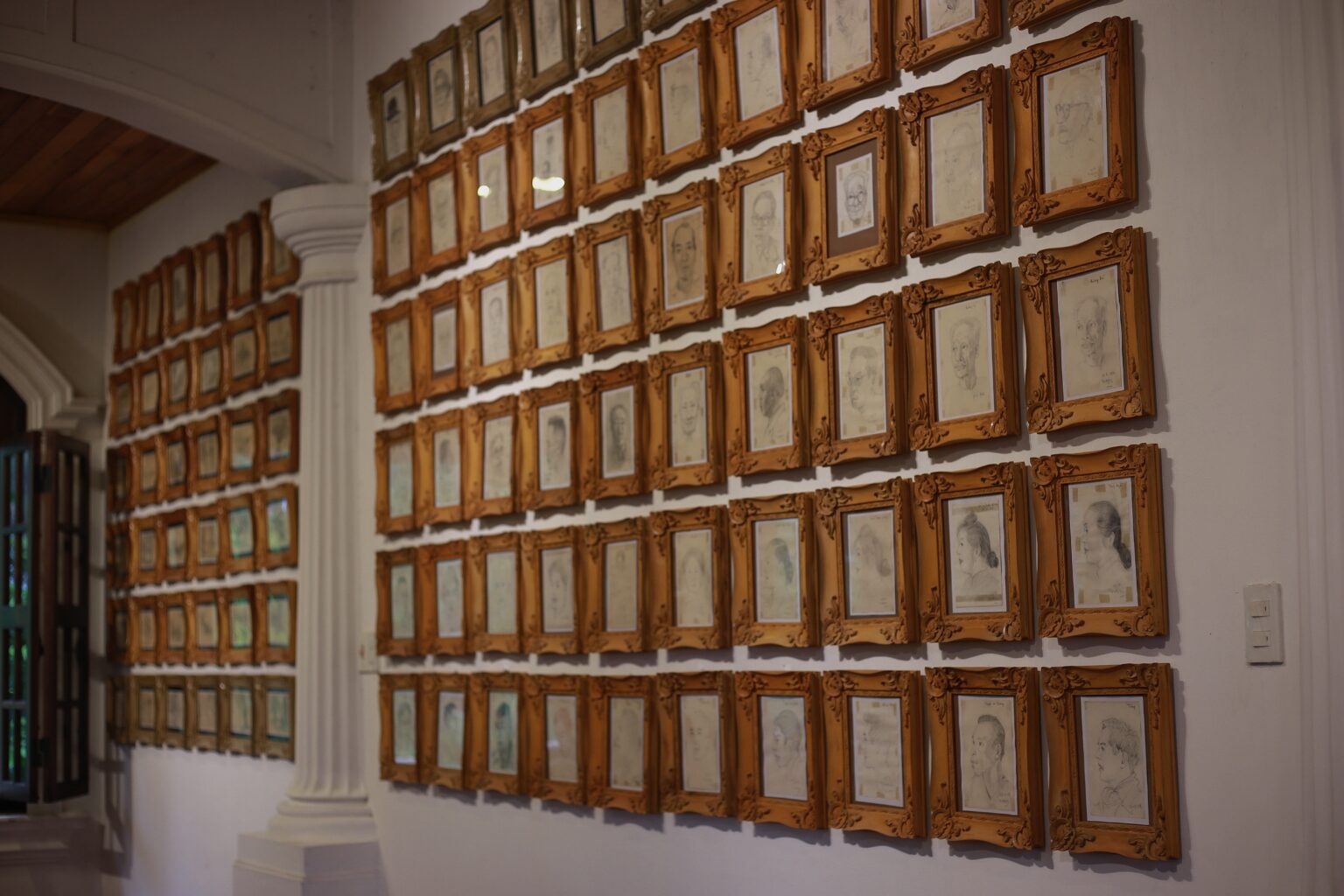
It’s my destiny to have the works of Tran Quang Tran.
Boi Tran
Passionate about fine arts, Boi Tran has also spent time collecting collect valuable documents and books on painting in Vietnamese and English, and Christie’s and Sotheby’s publications.
MOTHER’S GRIEF
The painting expresses Boi Tran’s pain as she tried to reconcile with the loss of her son, who died aged 22 while trying to save a drowning friend. He was studying at a university in the US. Many paintings by Boi Tran, a mother of two, in recent years feature images of a mother and two children: a girl and a boy. One painting catches special attention. A middle-aged woman in a blue ao dai has in her arms a young man at peace, eyes closed. A red blanket covers his body. Sitting beside them is a young woman with a sad face, her hands holding the young man’s head. It is one of the works Boi Tran created after her son passed away at the age of 22 in San Diego, the United States while trying to save a drowning friend. The sudden death of her beloved son left the artist shocked and brokenhearted for a long time. It took many years for her to try her best to continue her life, as “my son in heaven will only feel peace in his mind when he knows that his mother has a better life on earth.” Painting became her way to deal with the pain and express her love for her children. Boi Tran said she would leave for the US in the next few days to visit her daughter’s family. Her face seemed to brighten up as she spoke of two cute grandchildren who she said infuse a fresh spirit in her heart, helping her feel that “life is still beautiful.” Boi Tran cherishes many plans, including publishing a book on fine arts, a book introducing some 100 Hue dishes she learned from her family, and a book telling the stories of her life, especially her staff, who are mostly members of poor families who helped her develop the Boi Tran Garden, as well as other gardens in town. “Now I have a staff of 50 people, who are skilled at carpentry, wood carving, and renovating nhà rường. We design and build gardens for several friends who have liked the Boi Tran Garden.” Though she did not say it, it was evident that the garden is very much part of the artist, part of her flesh and bone and spirit.
Wordings excerpted from Thanh Nien News on August 16, 2013, they have been edited for length and clarity.


